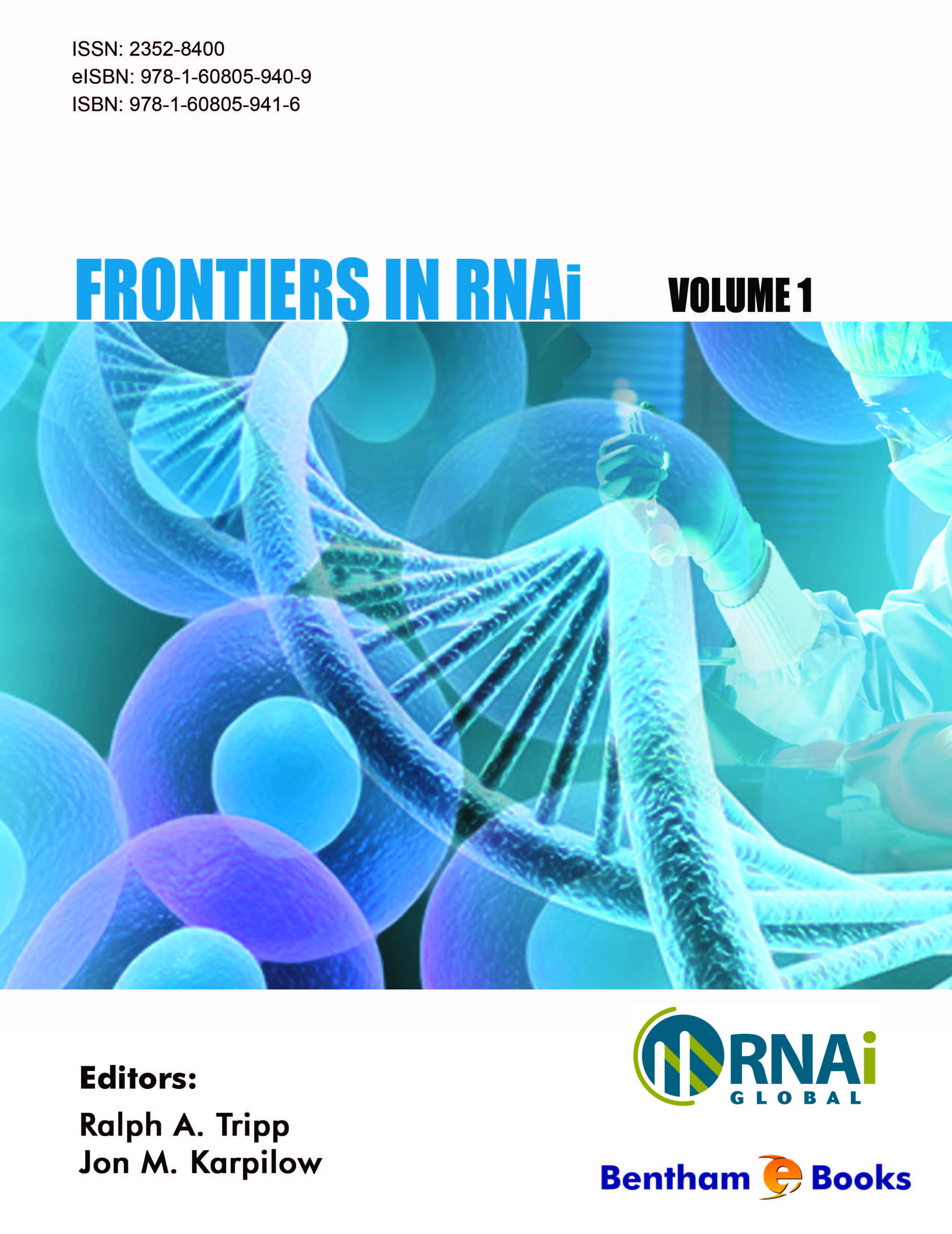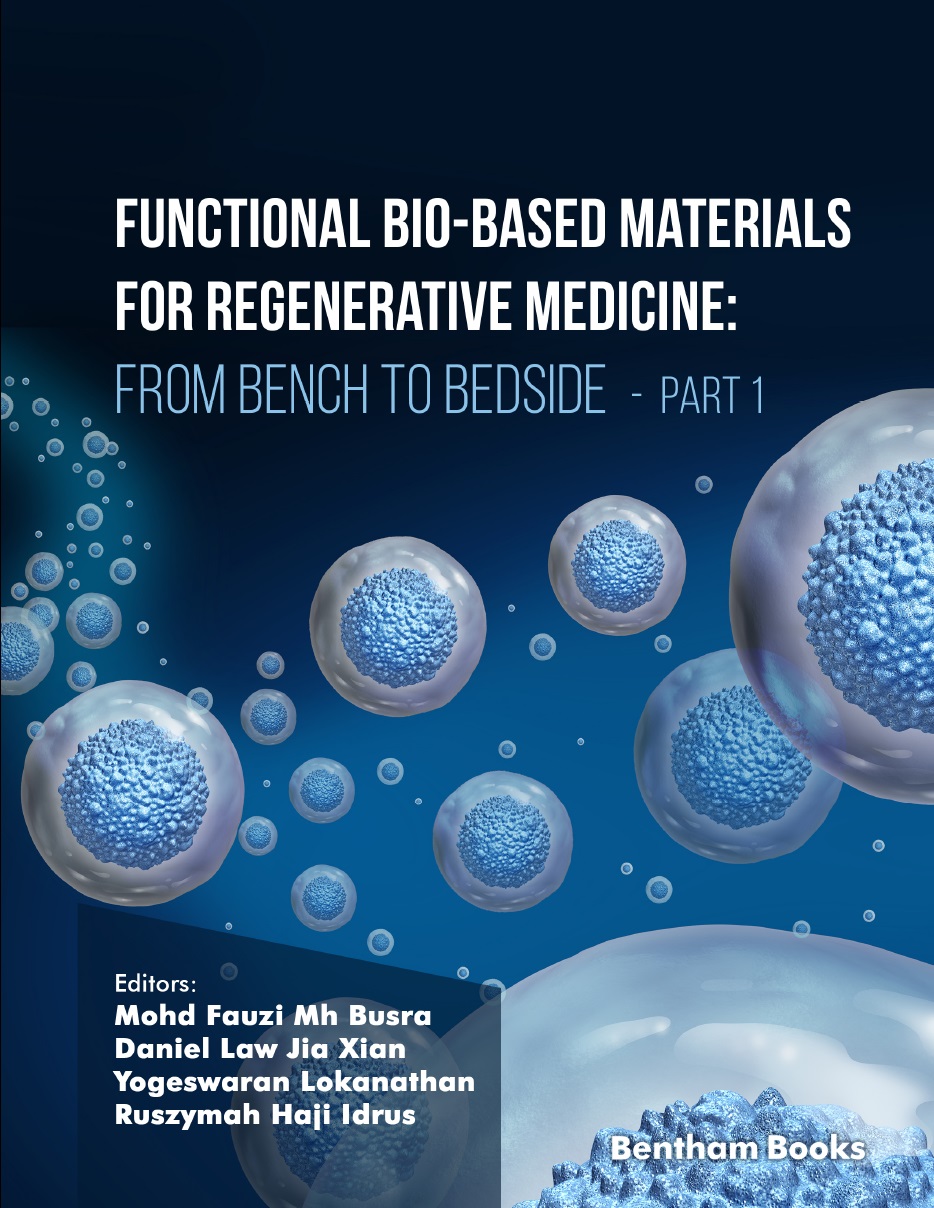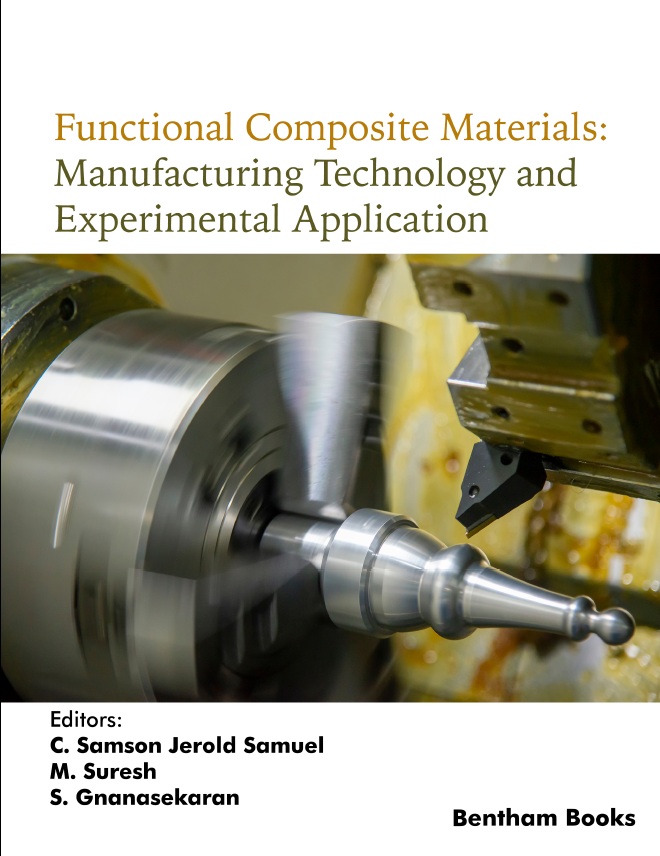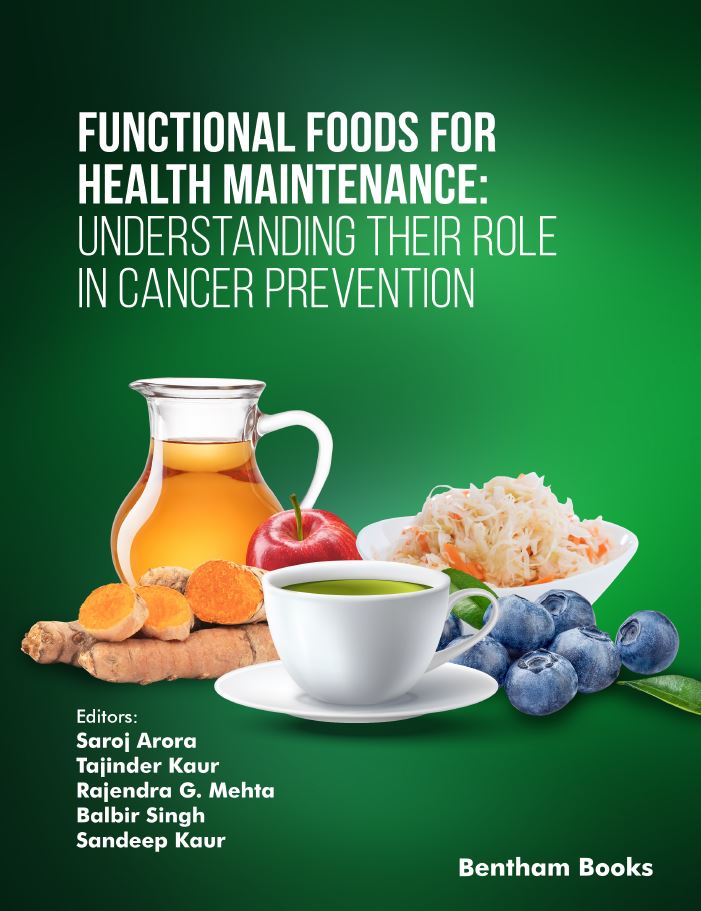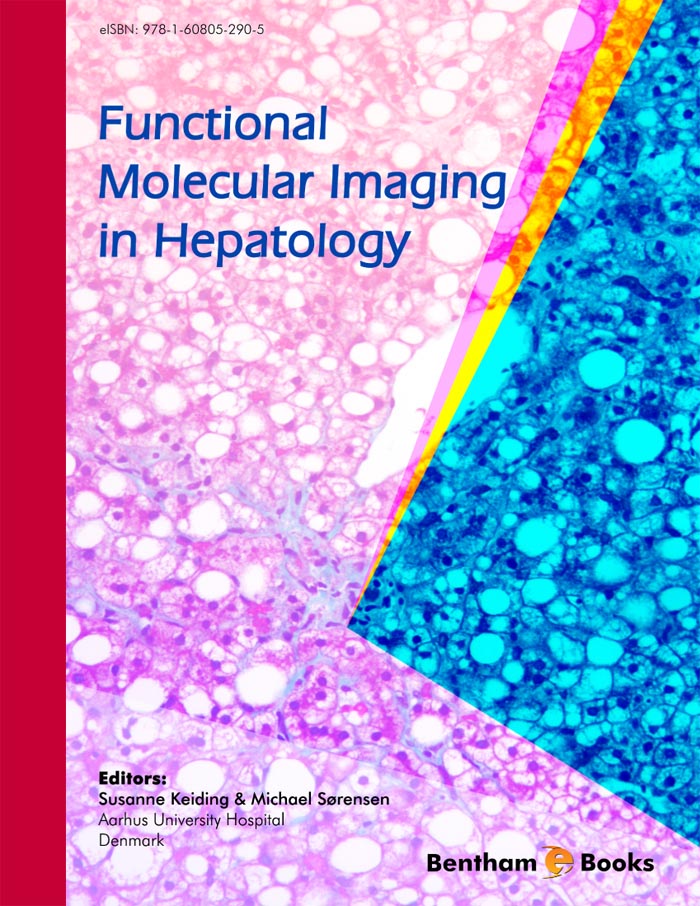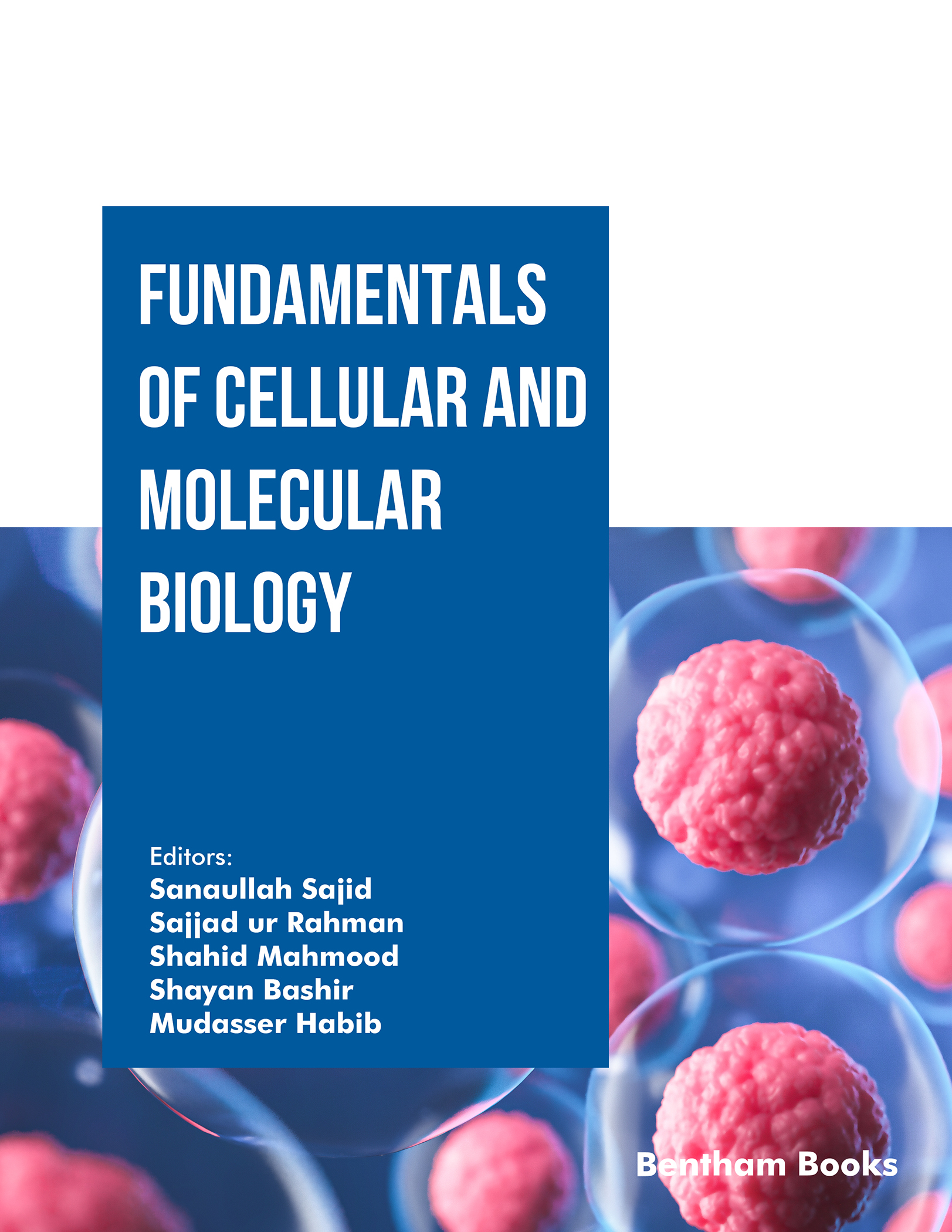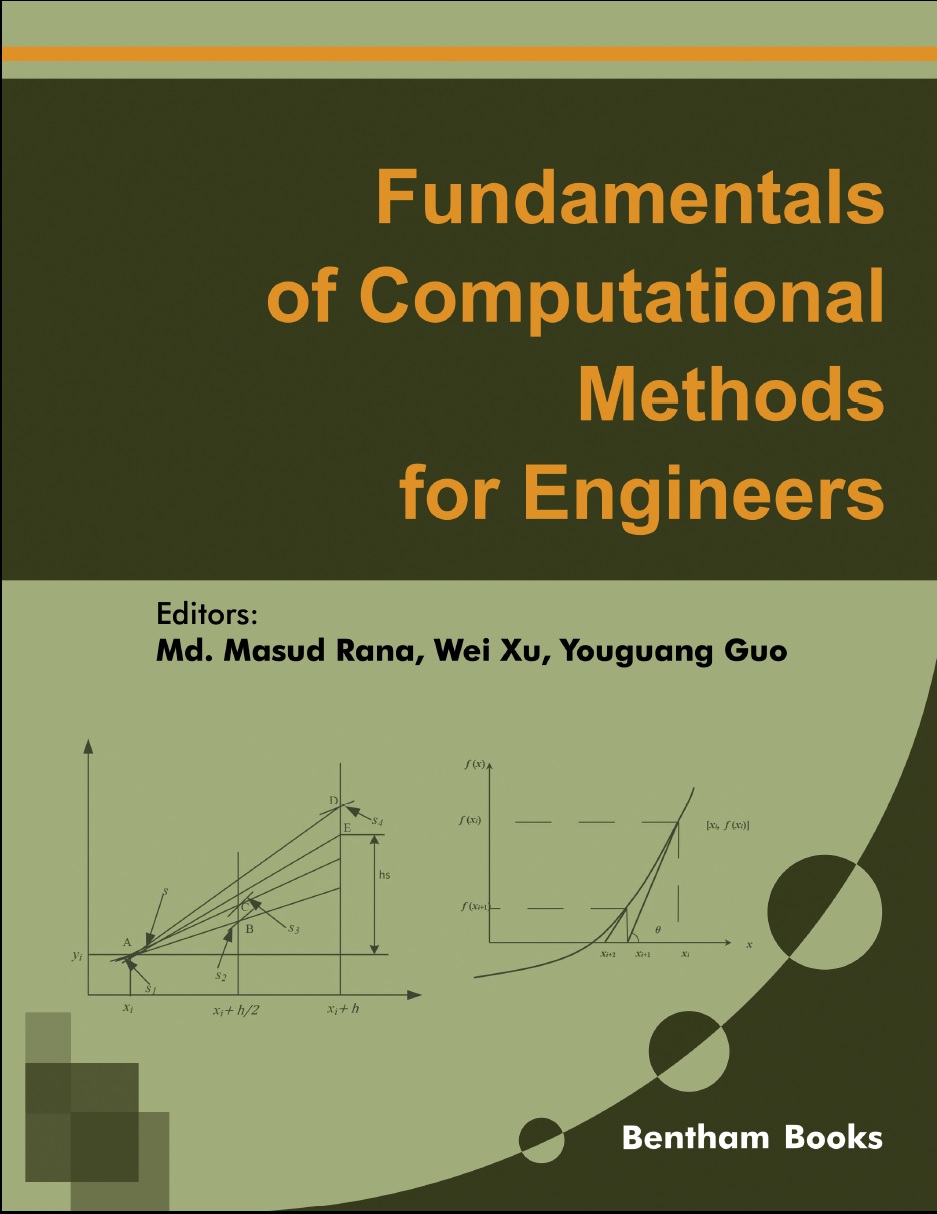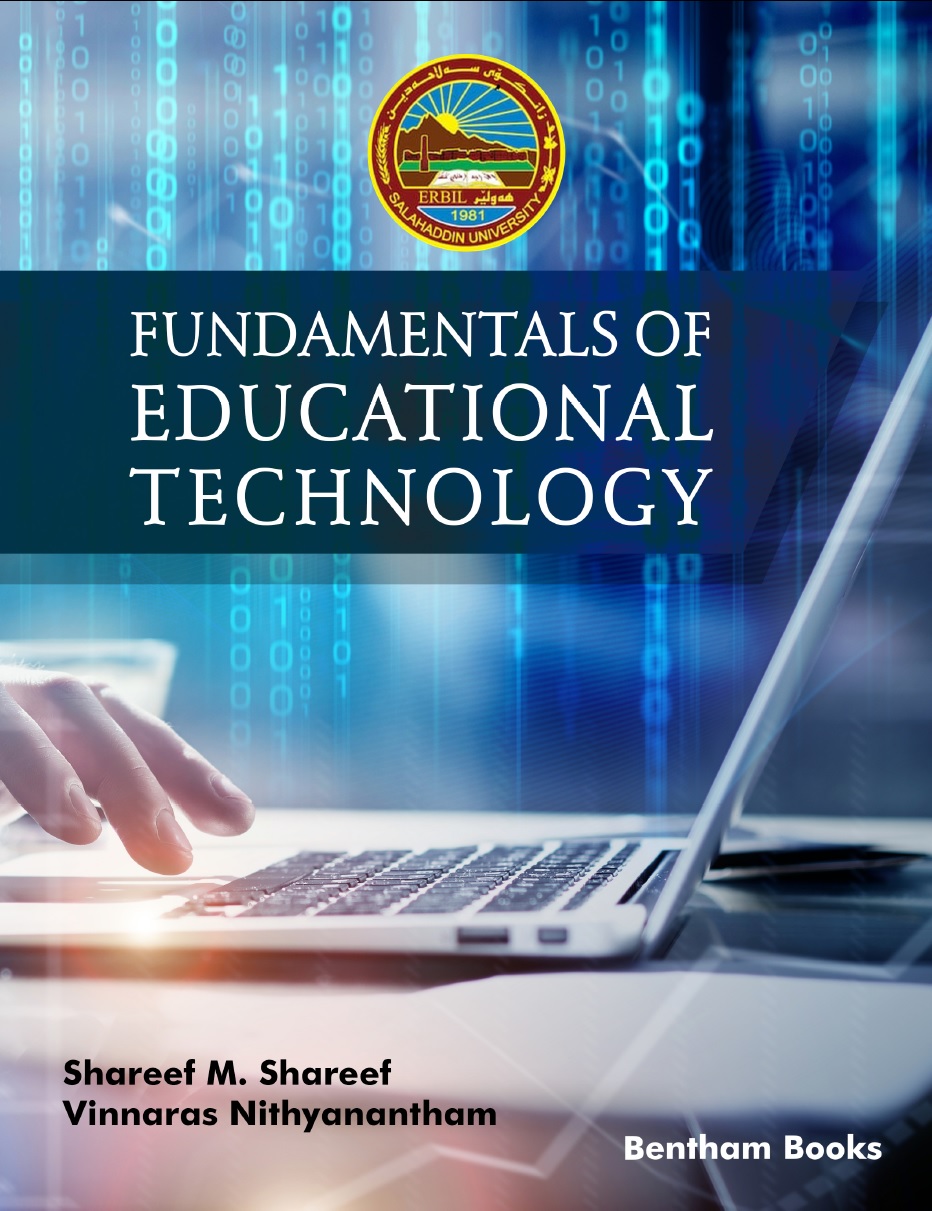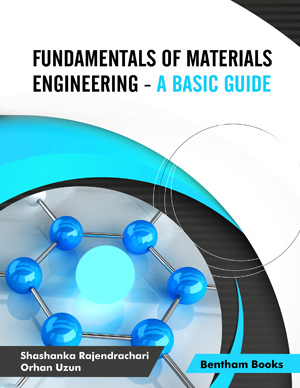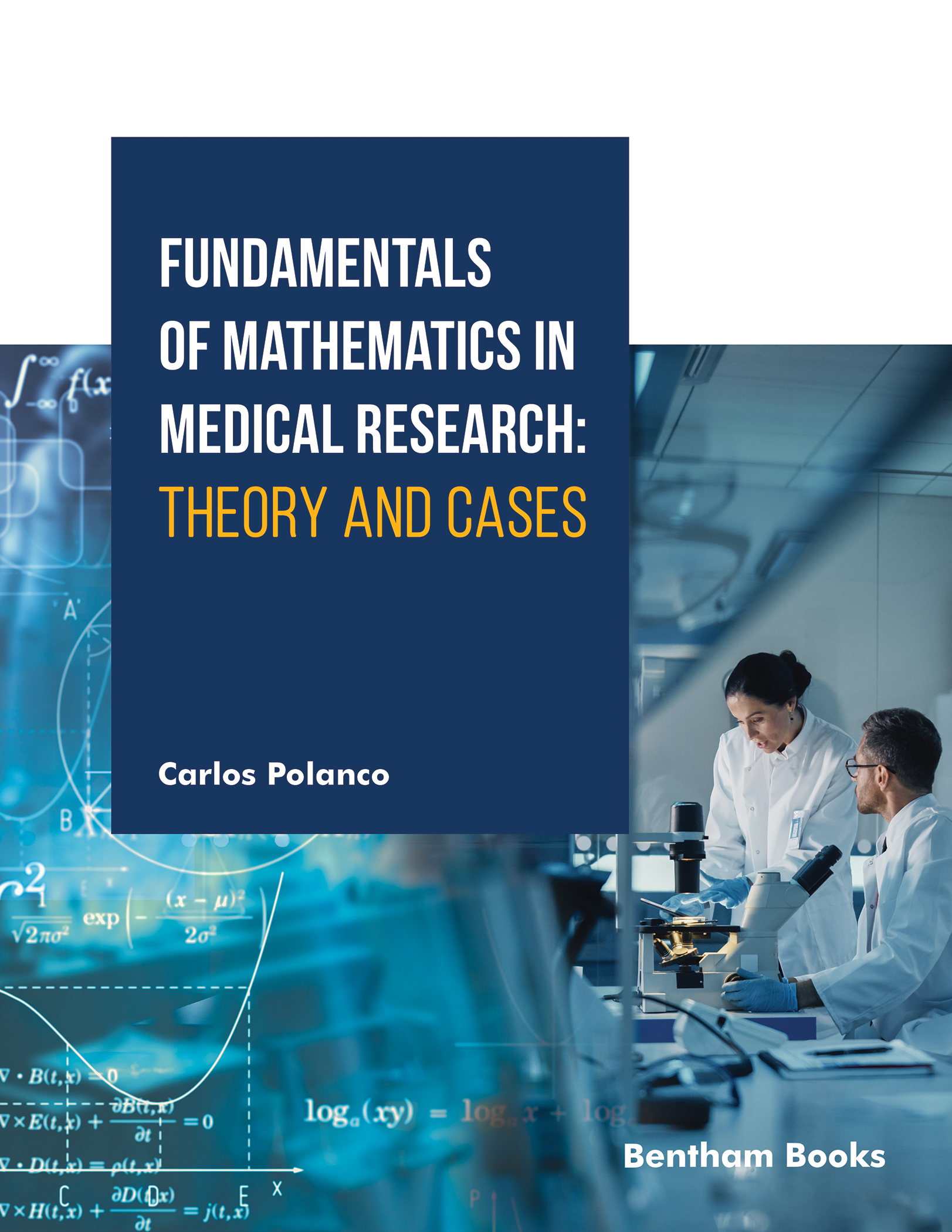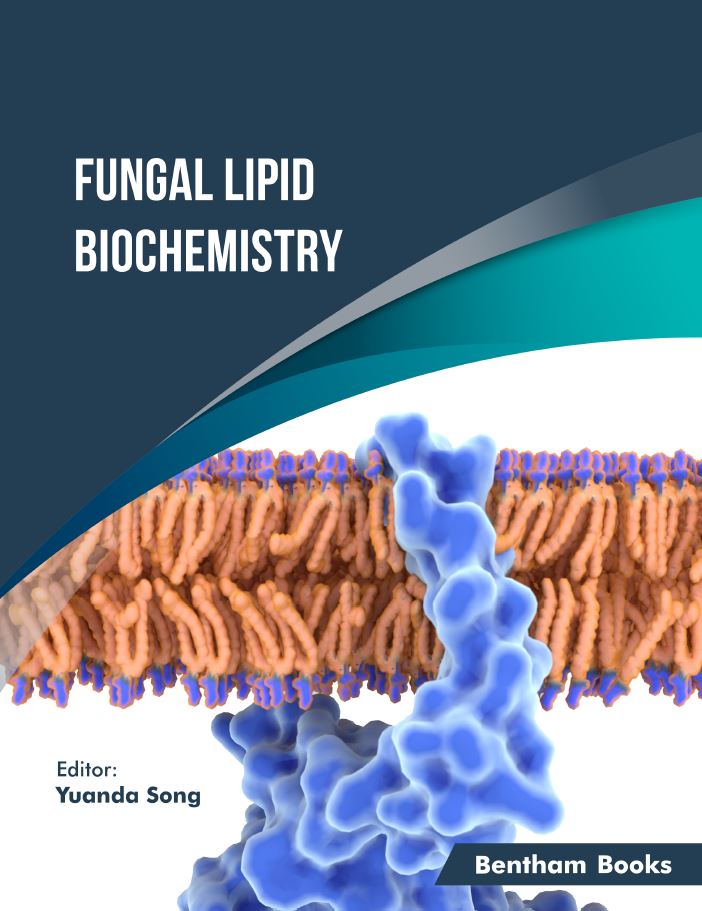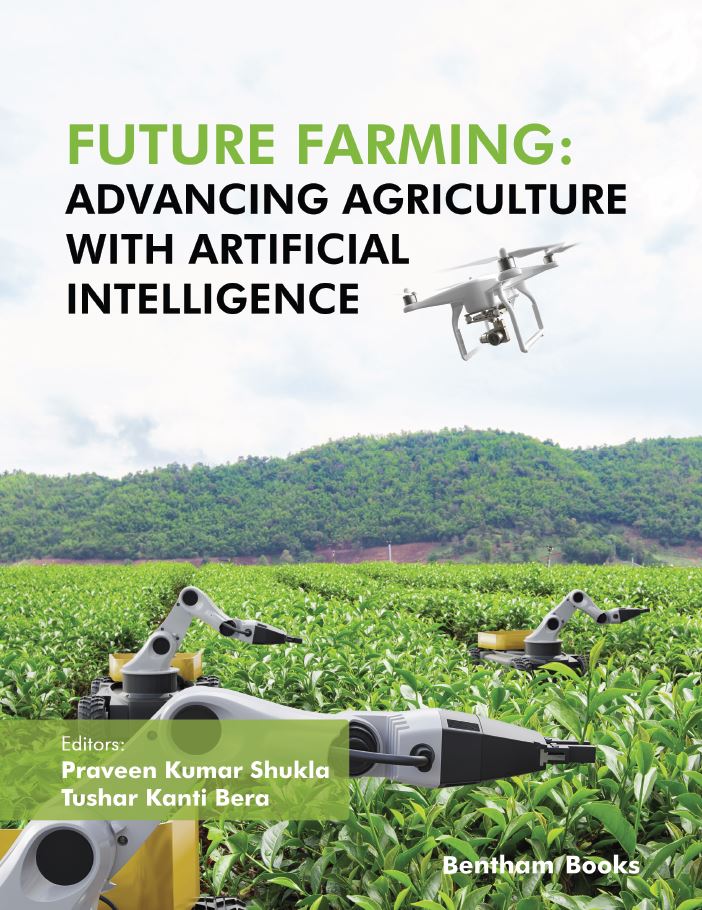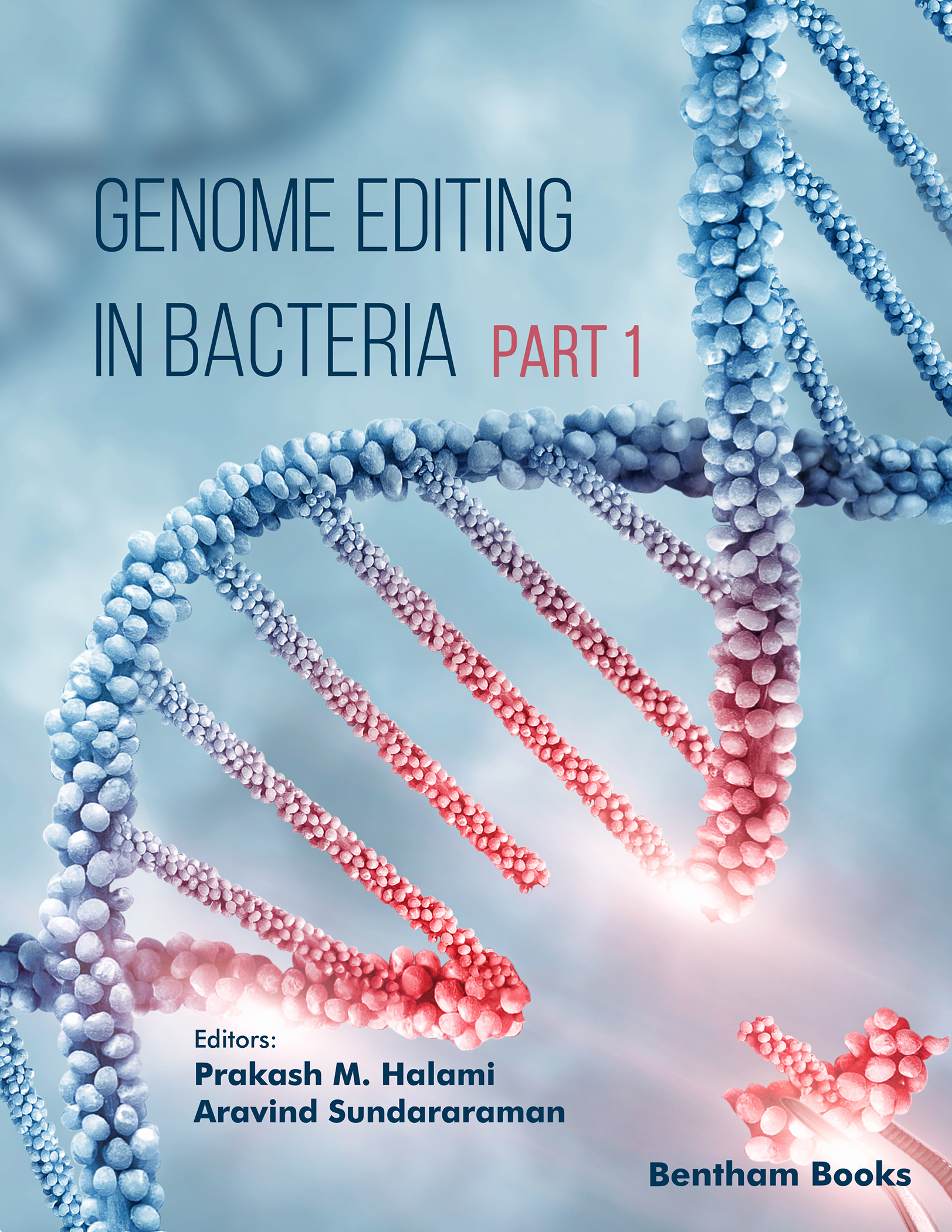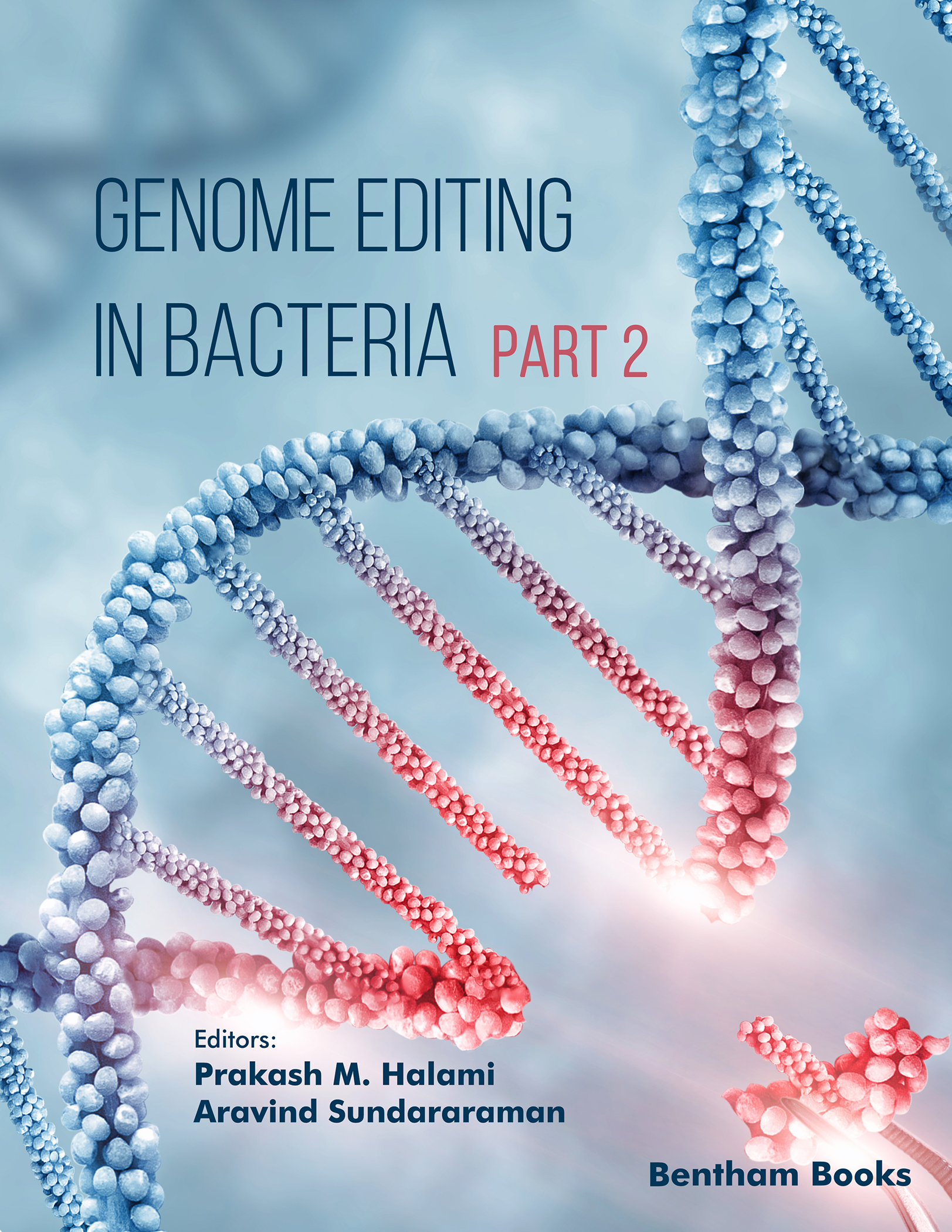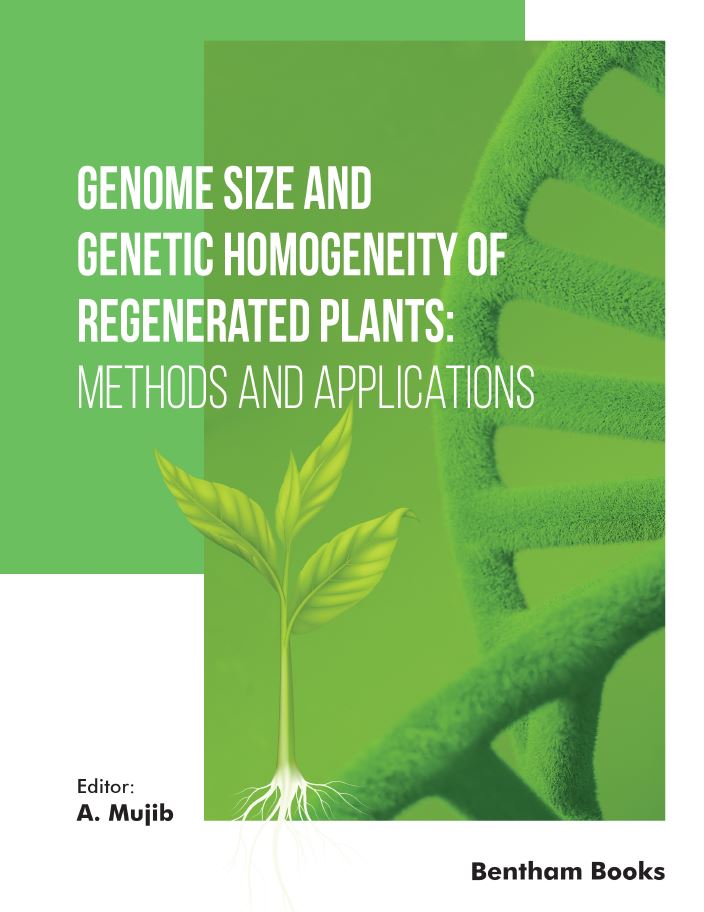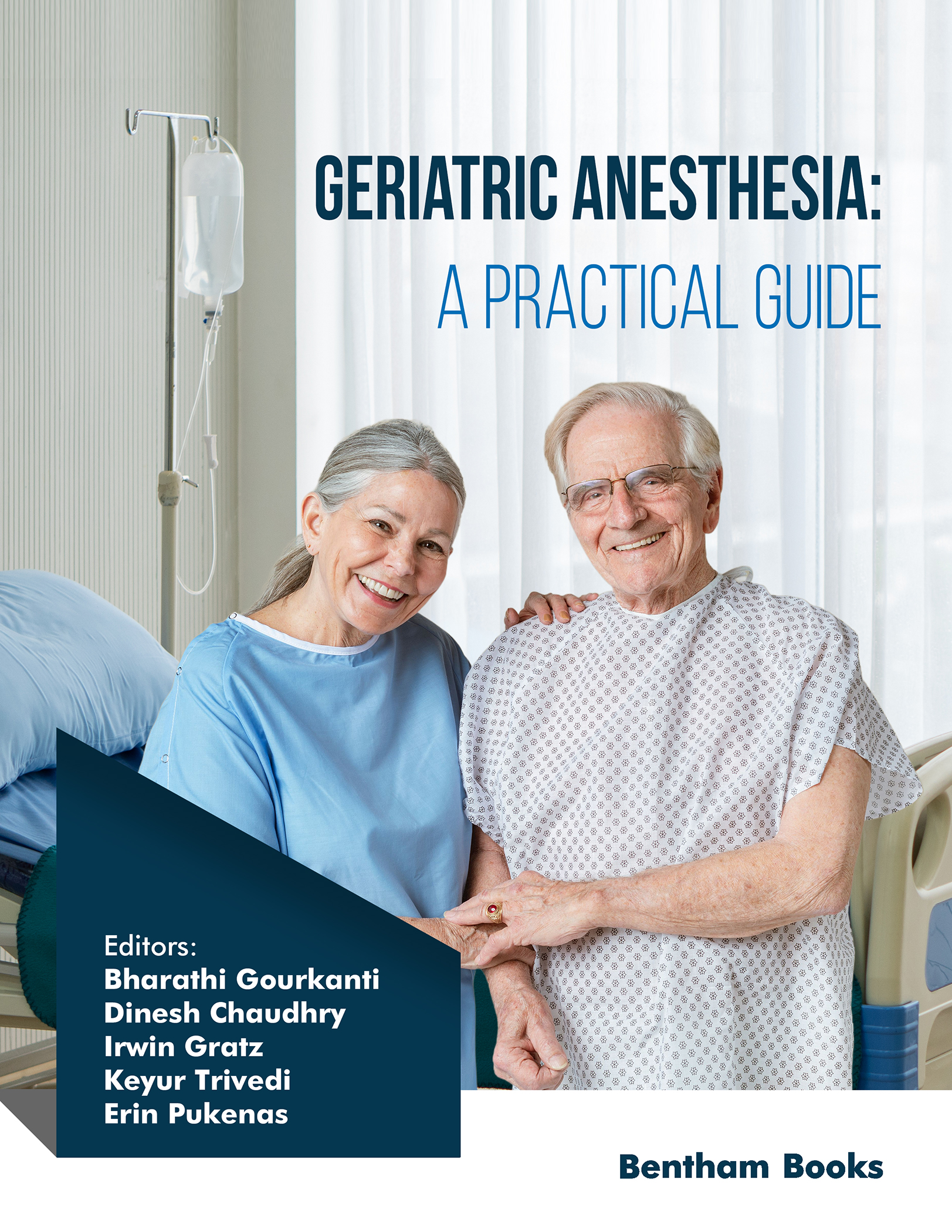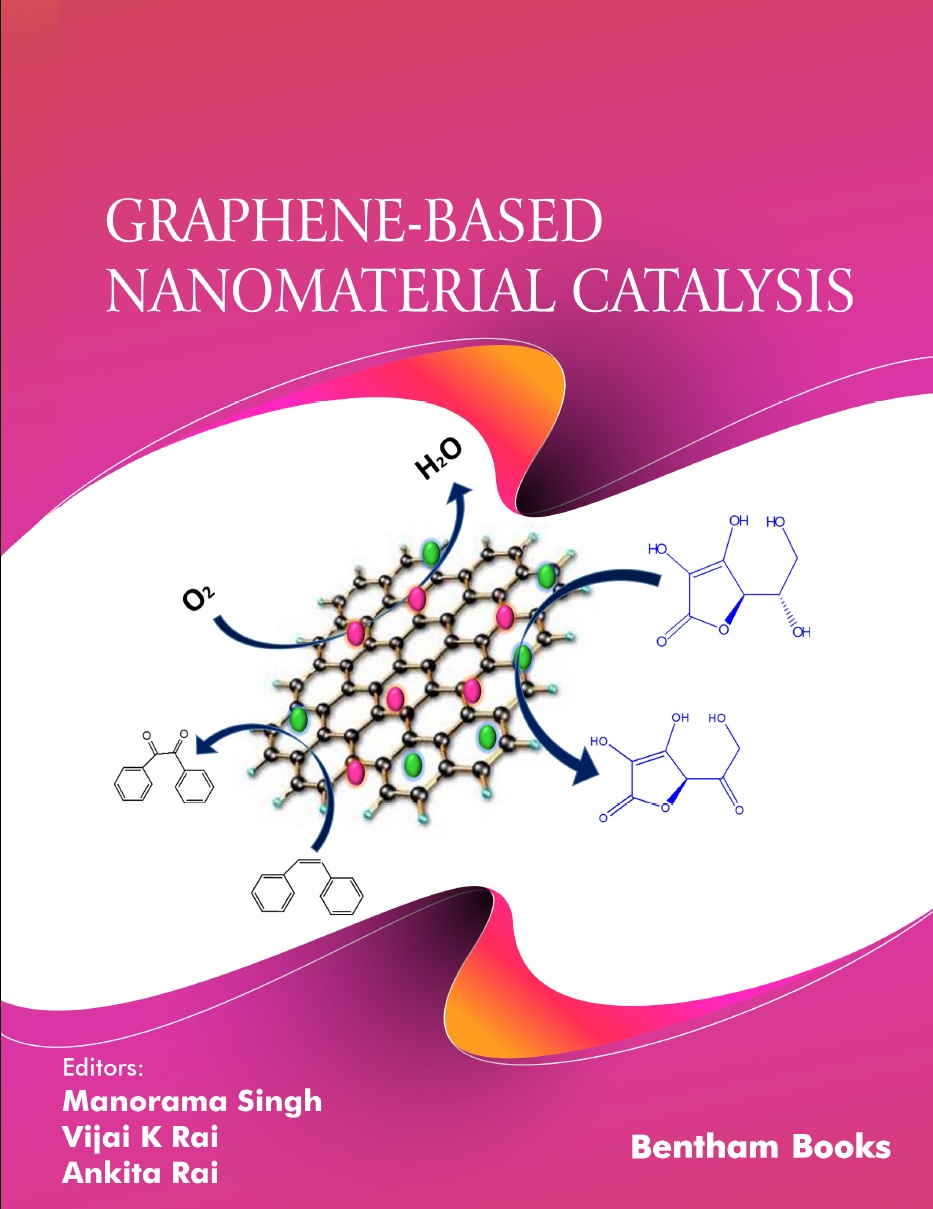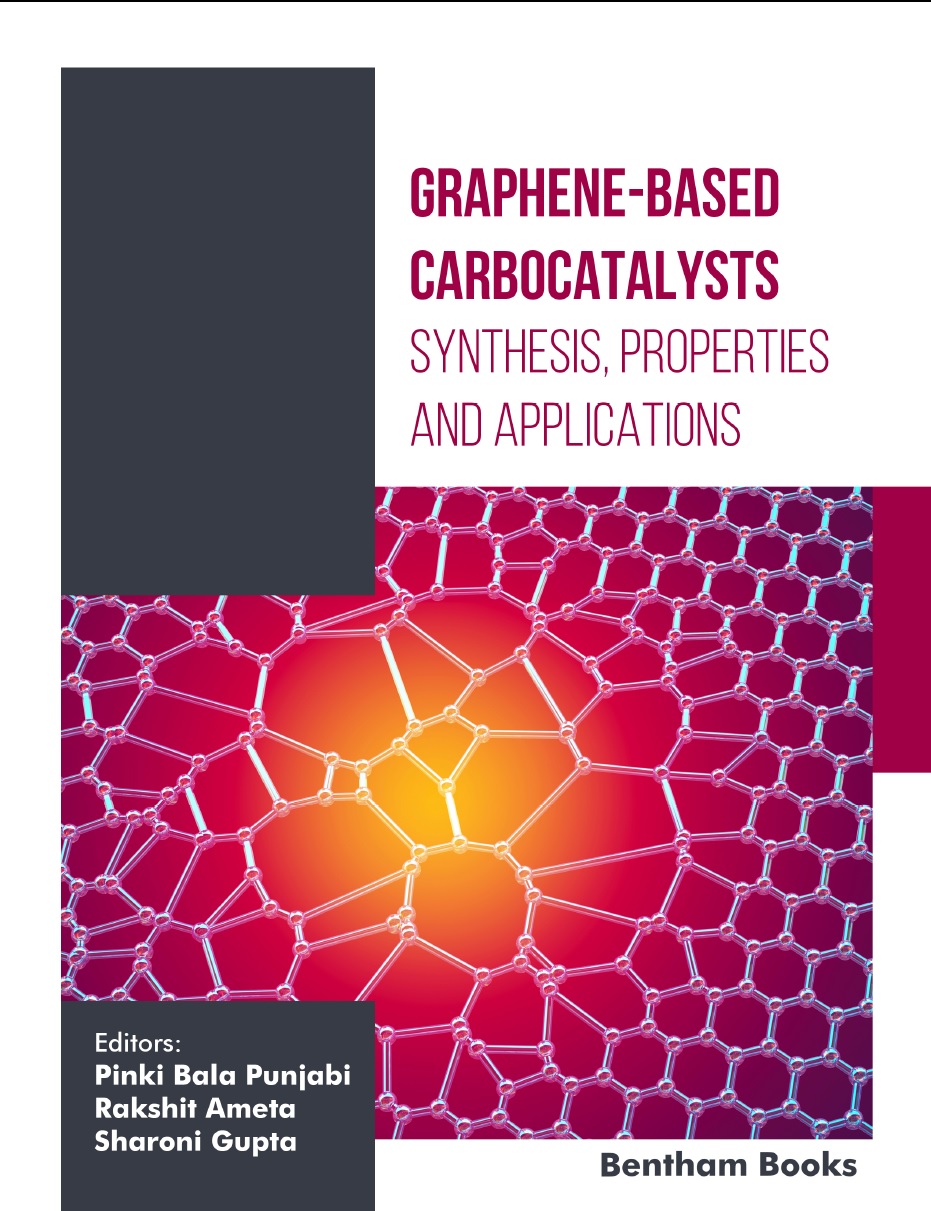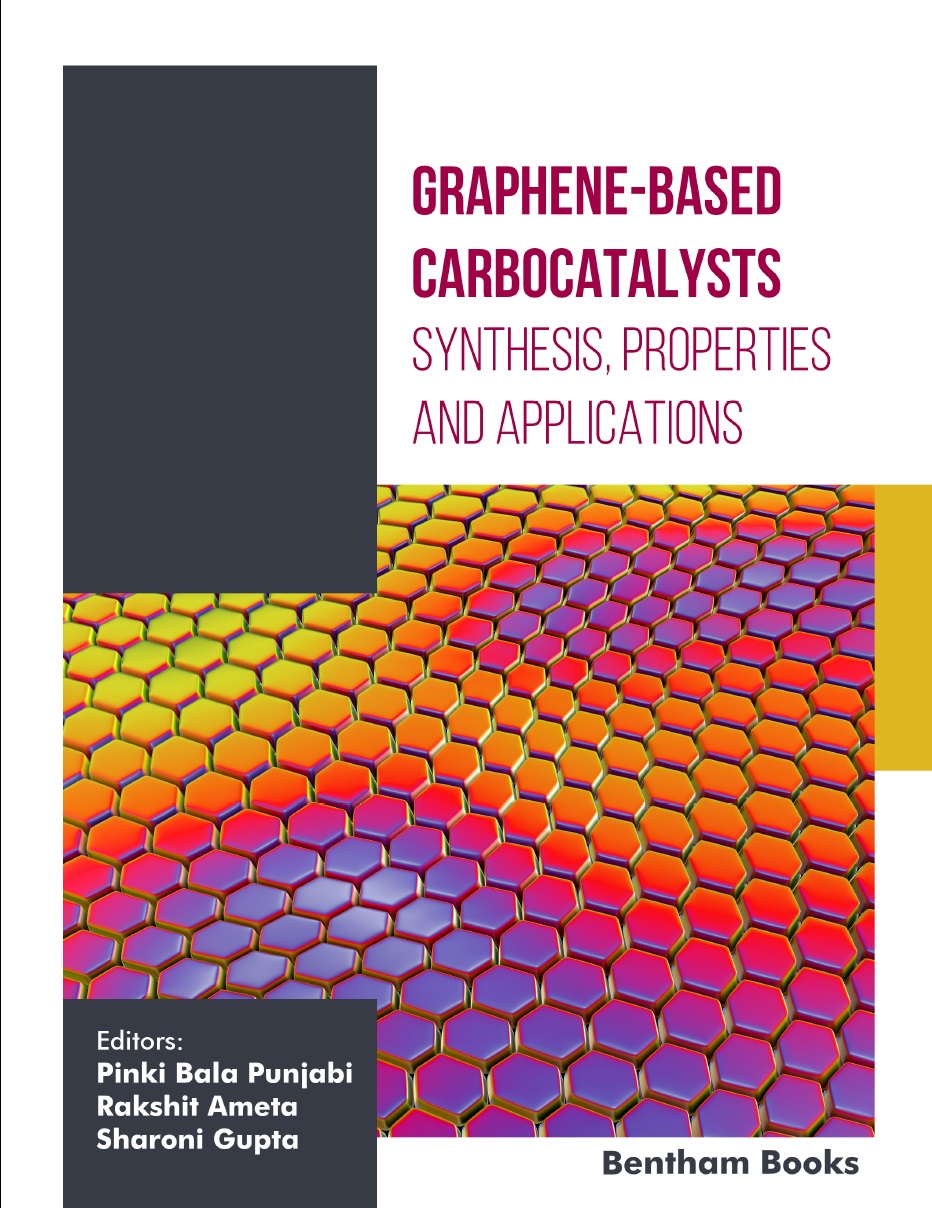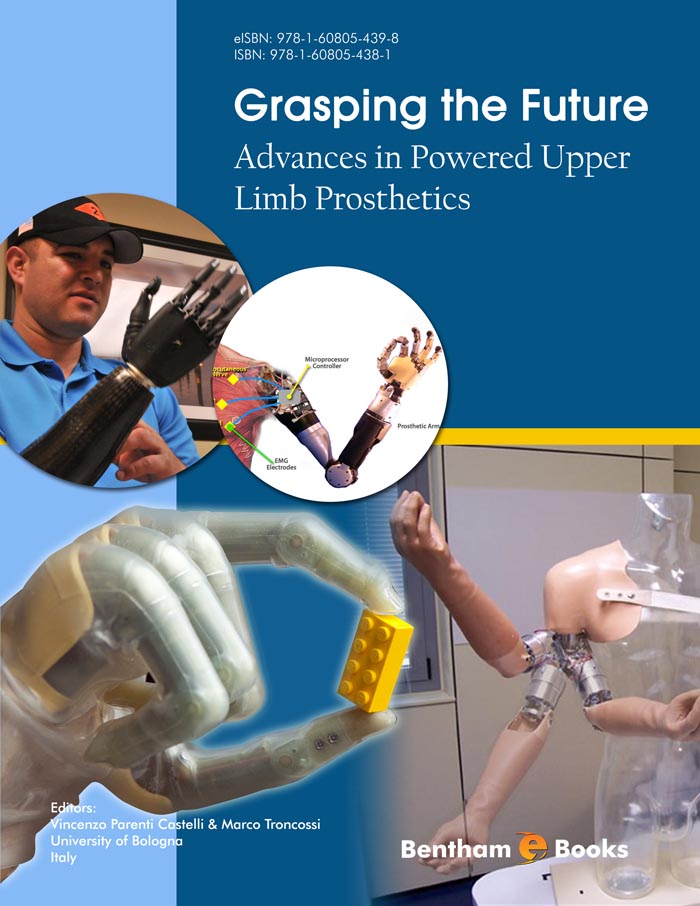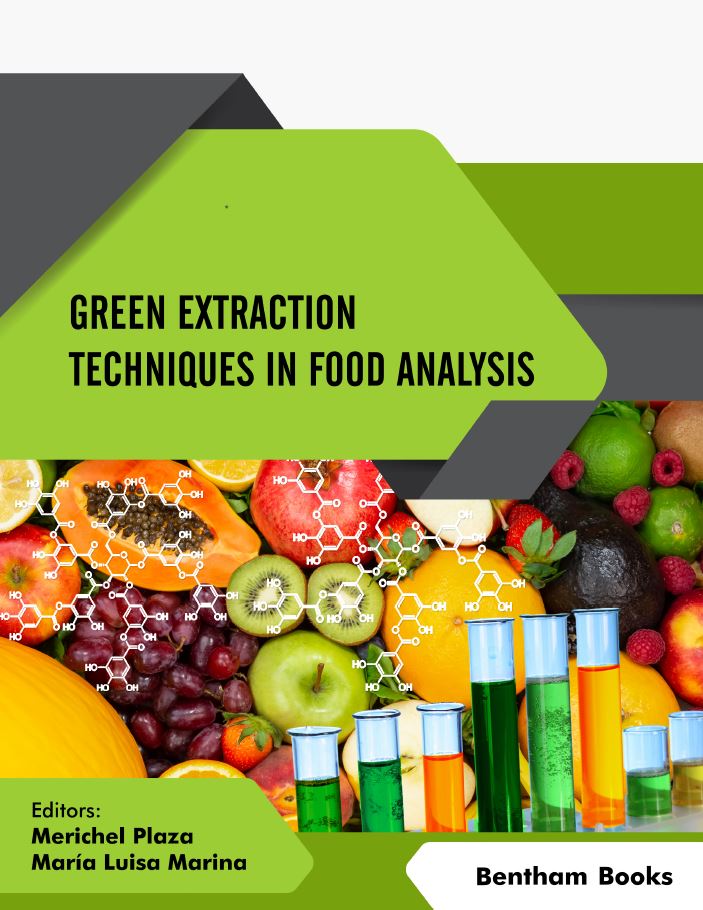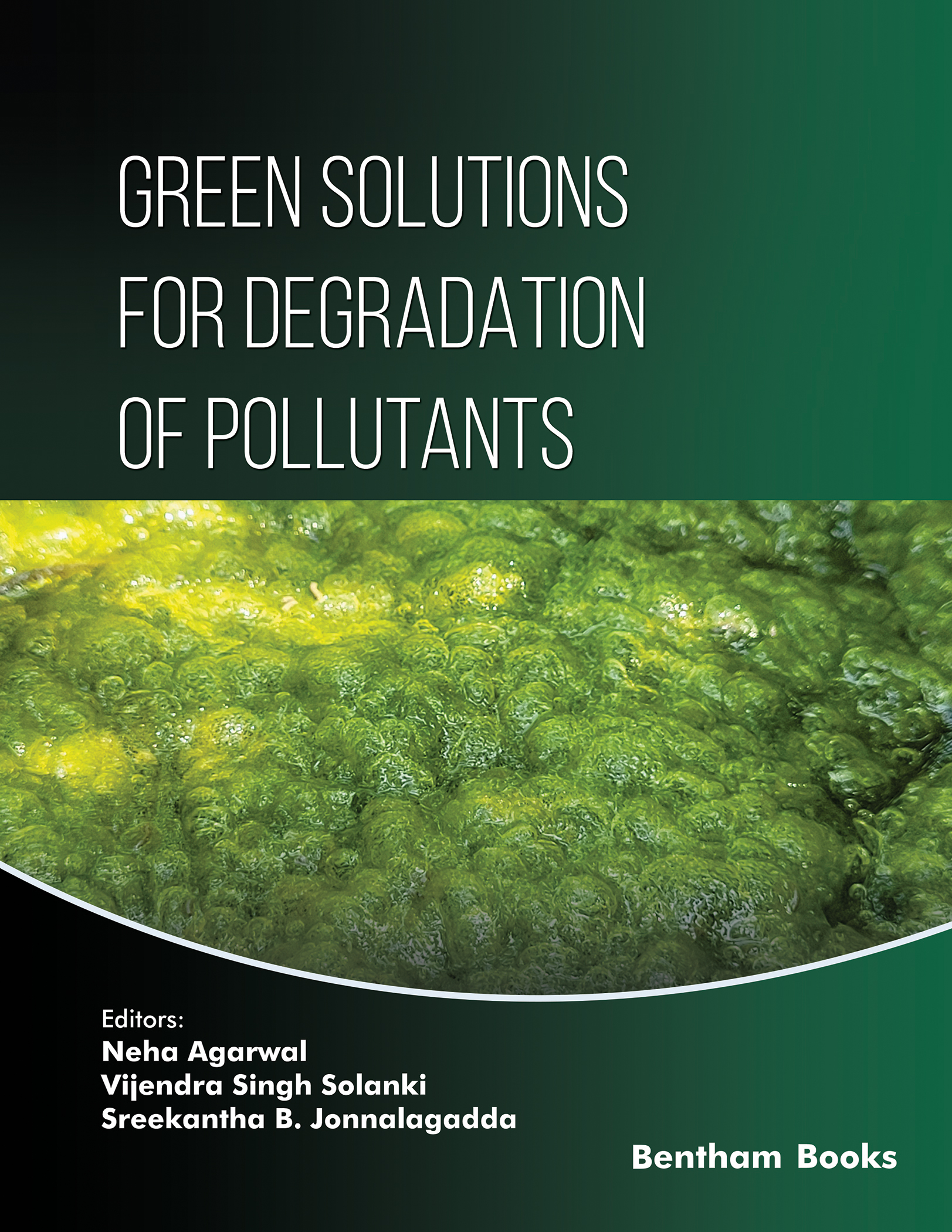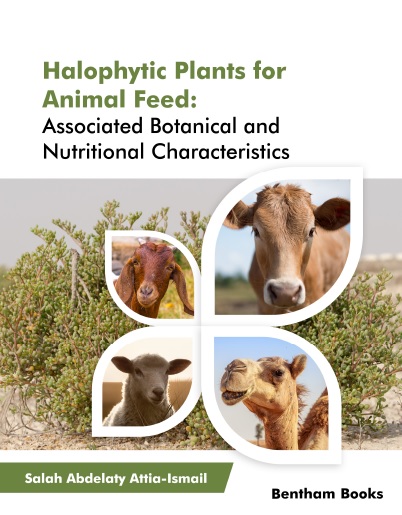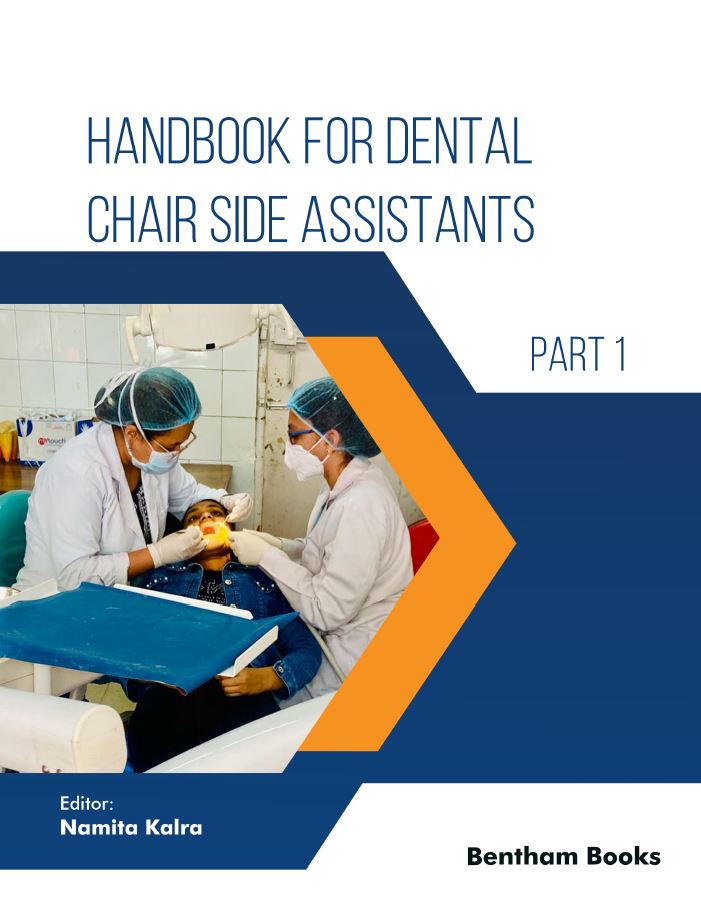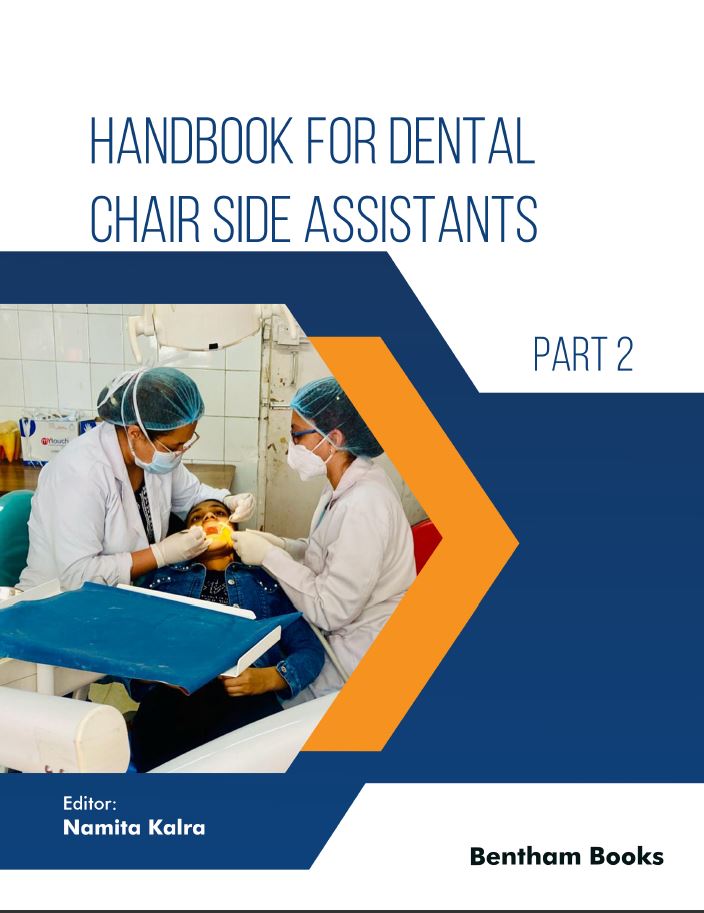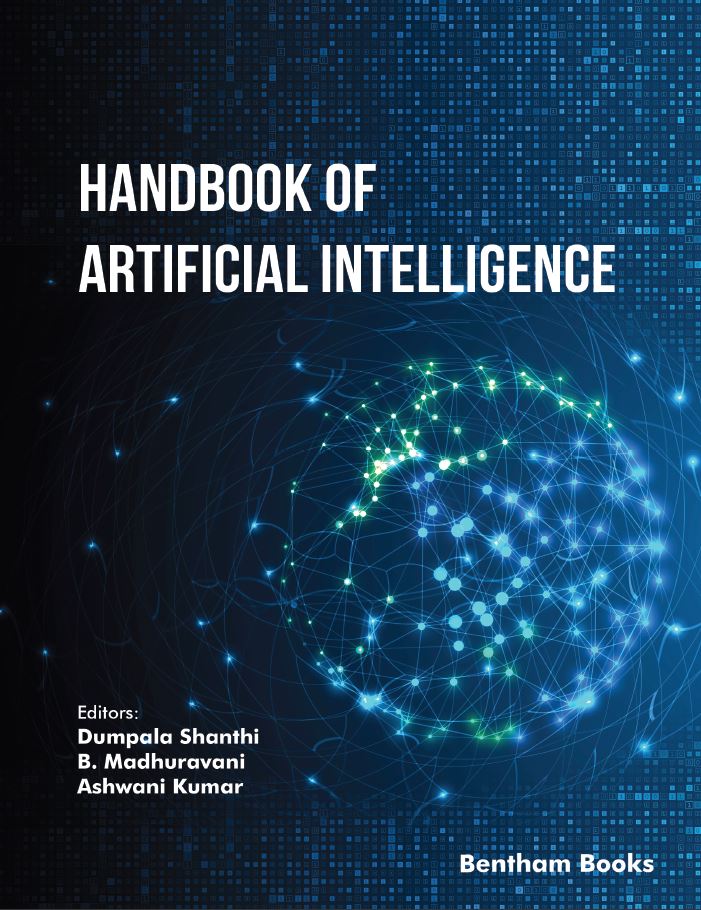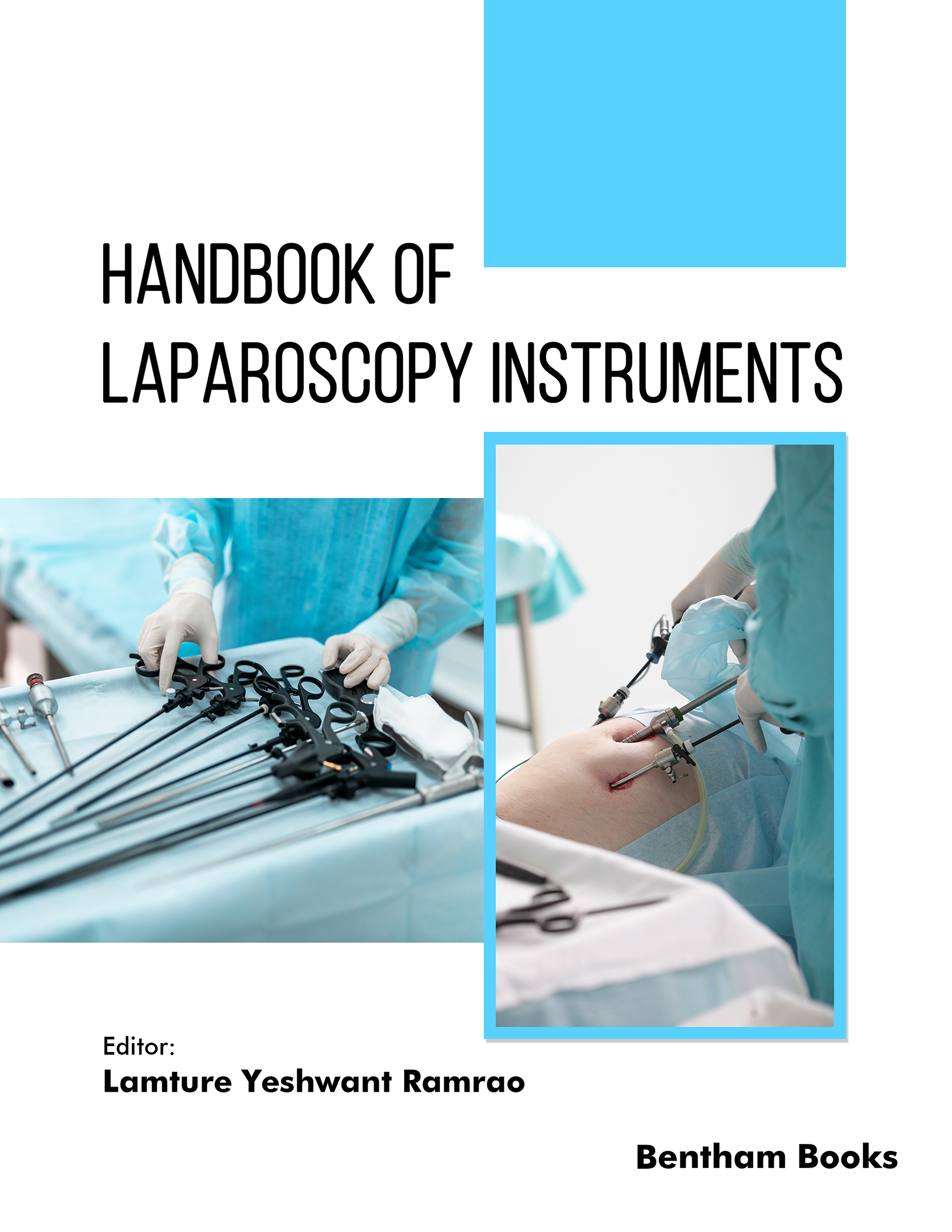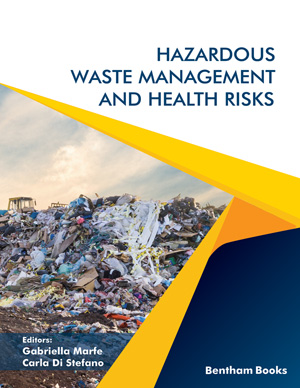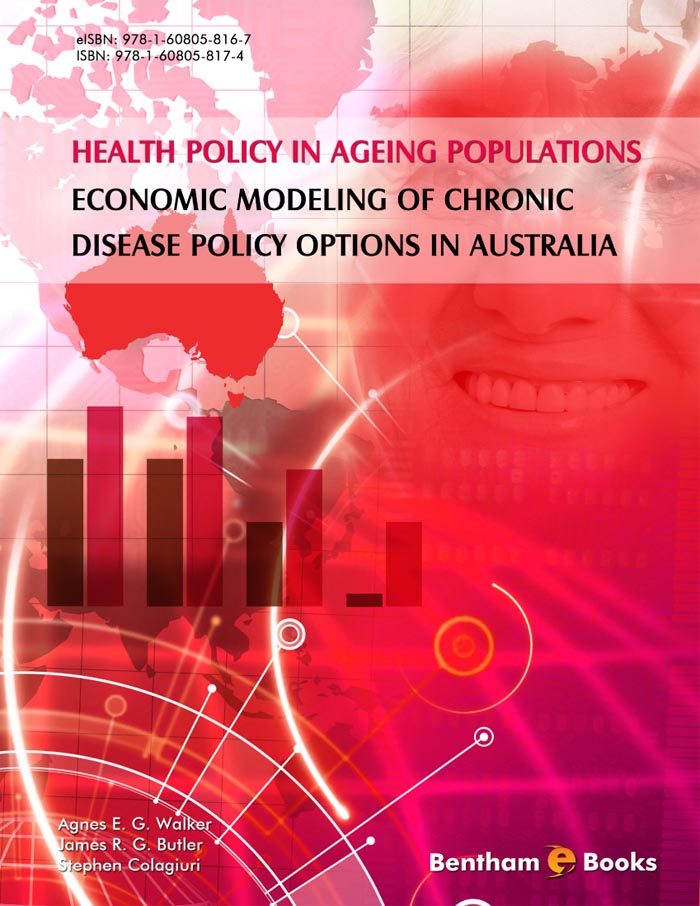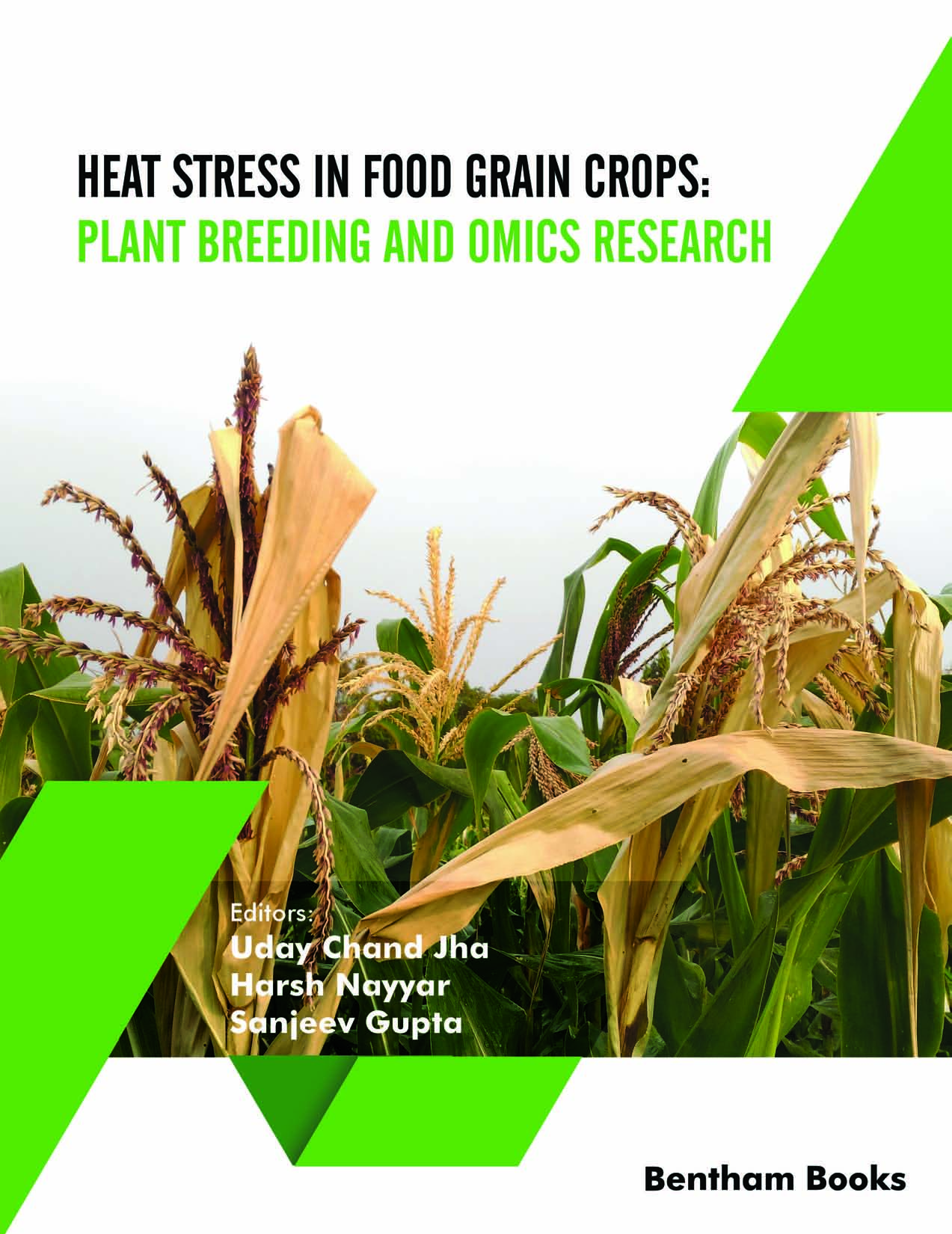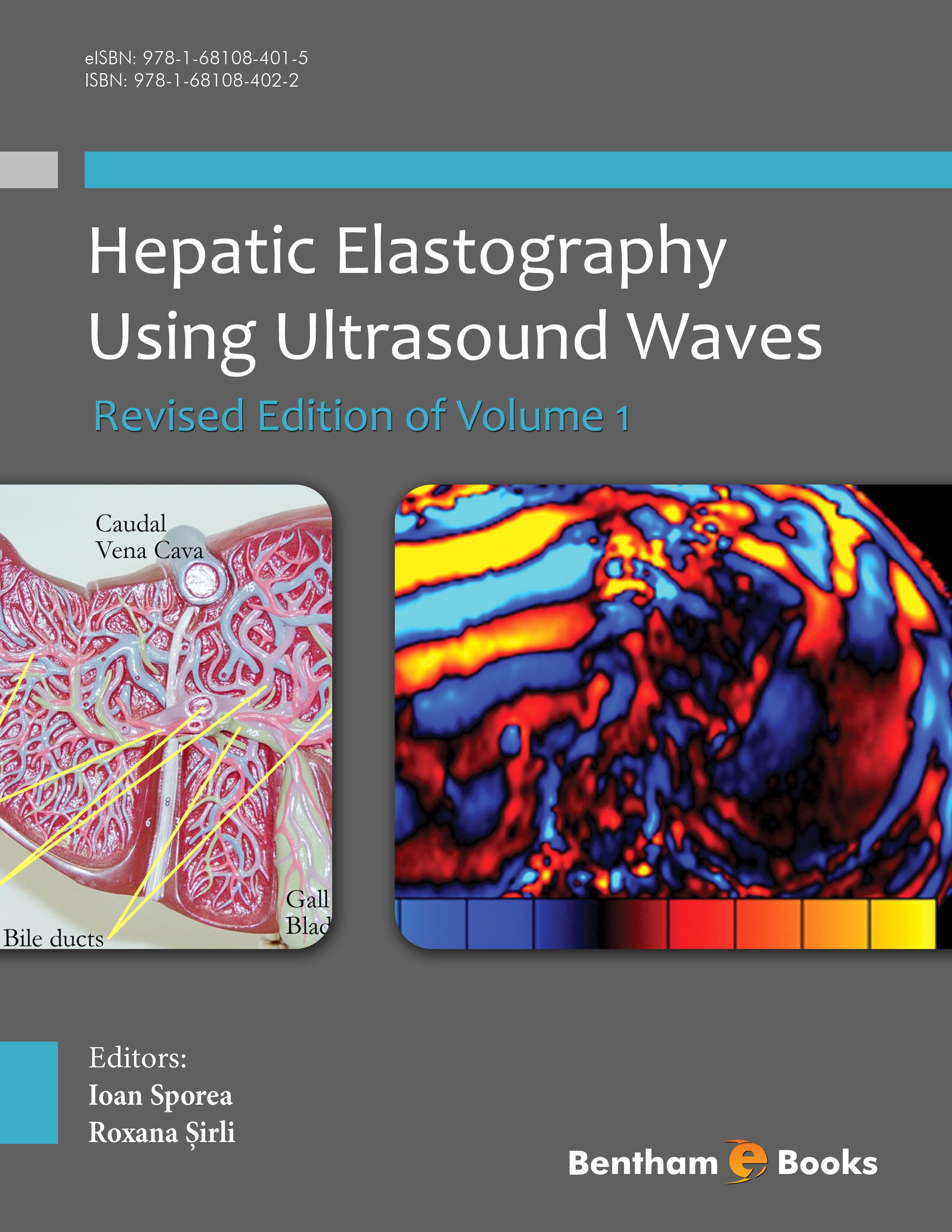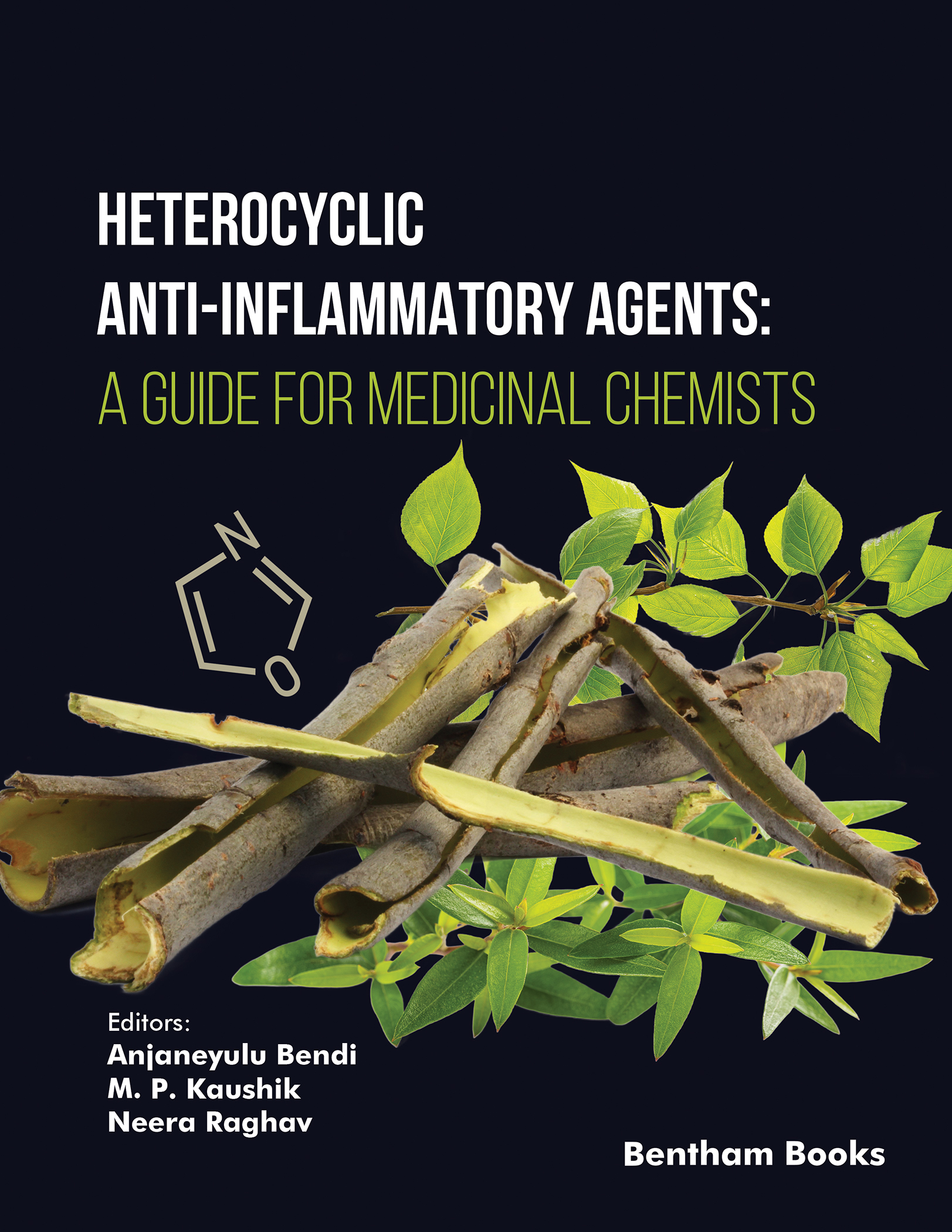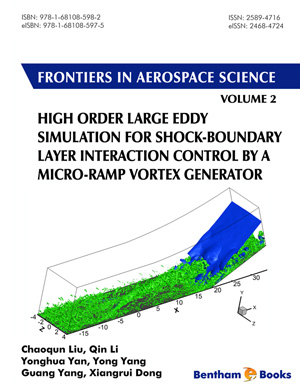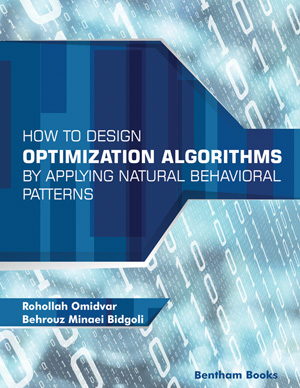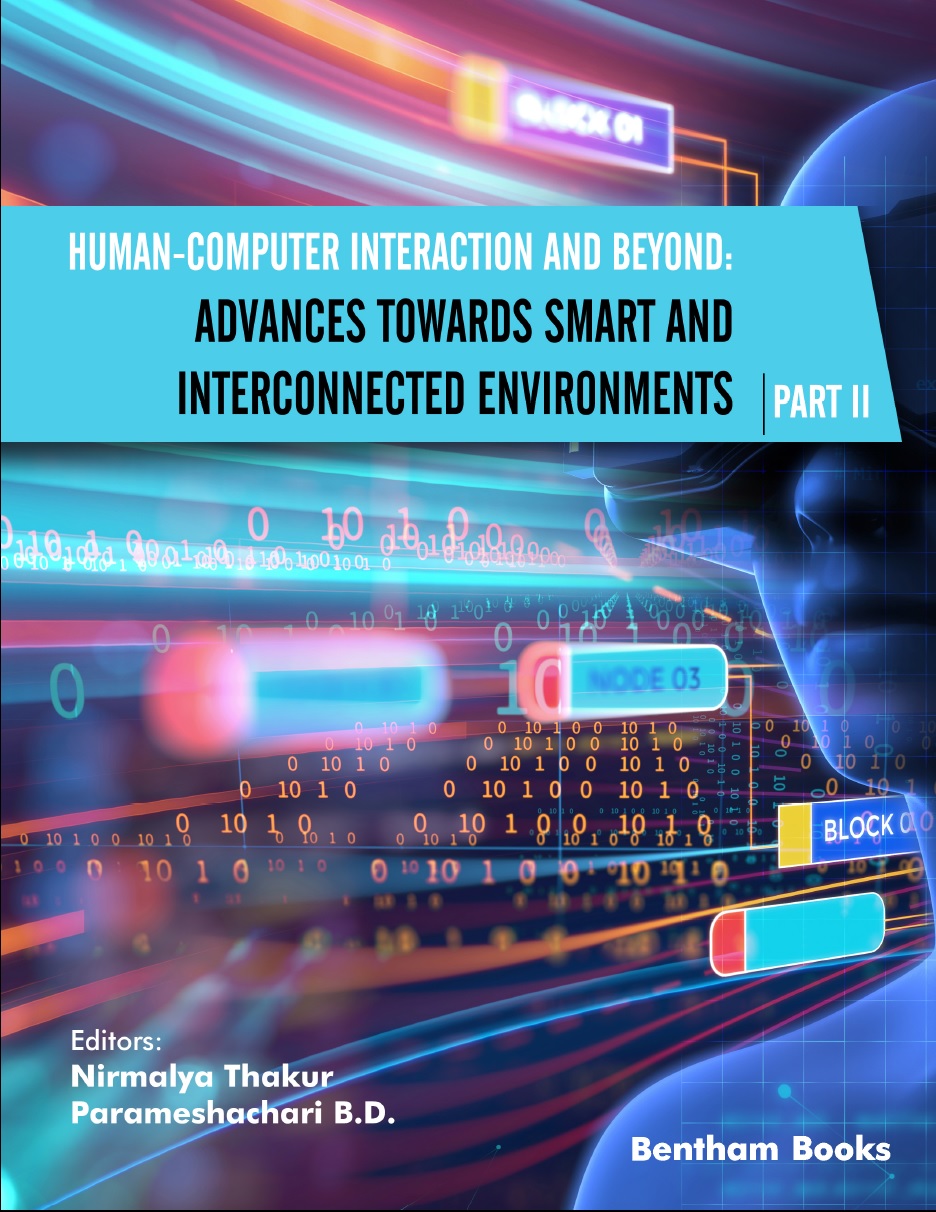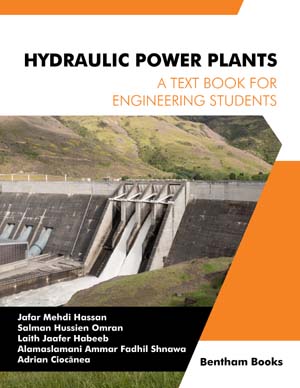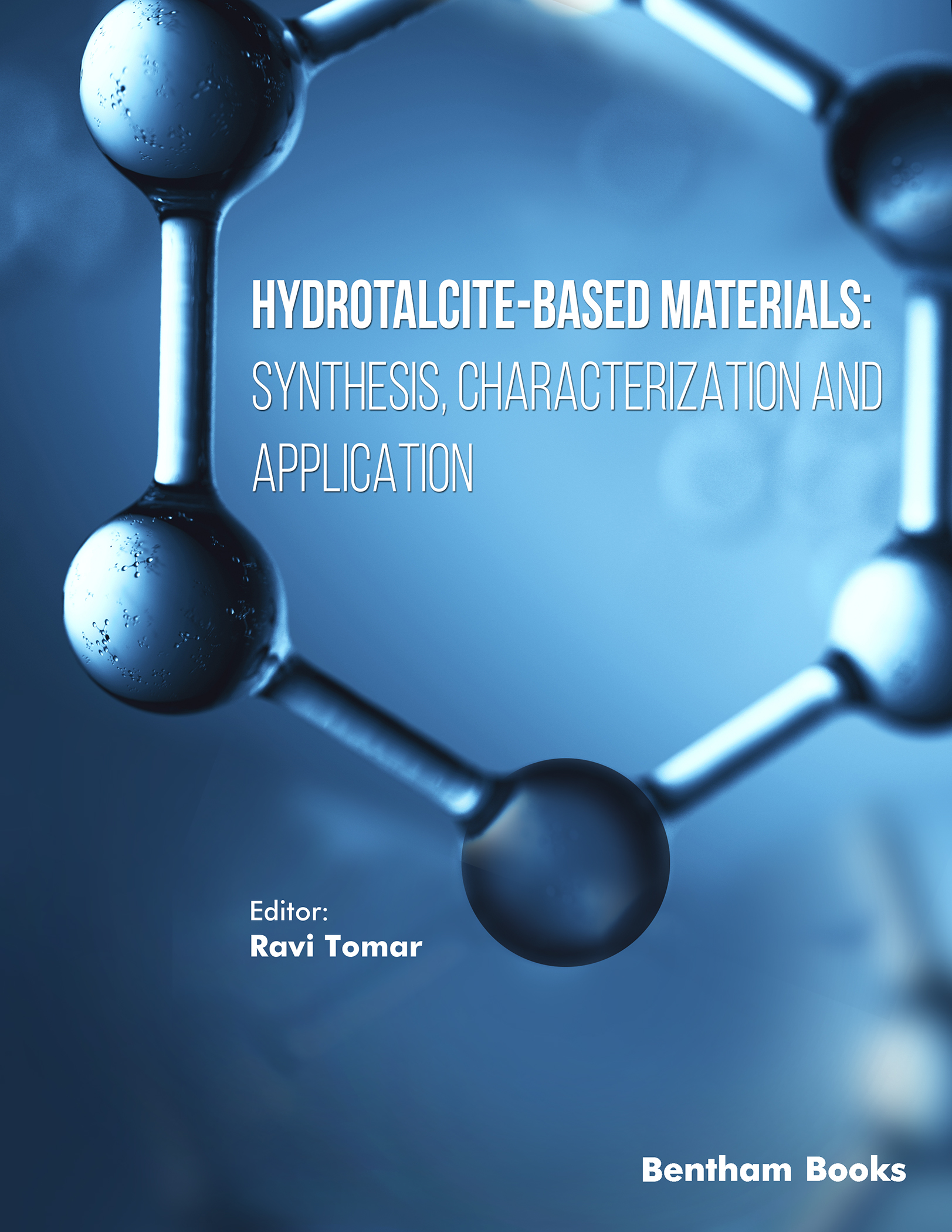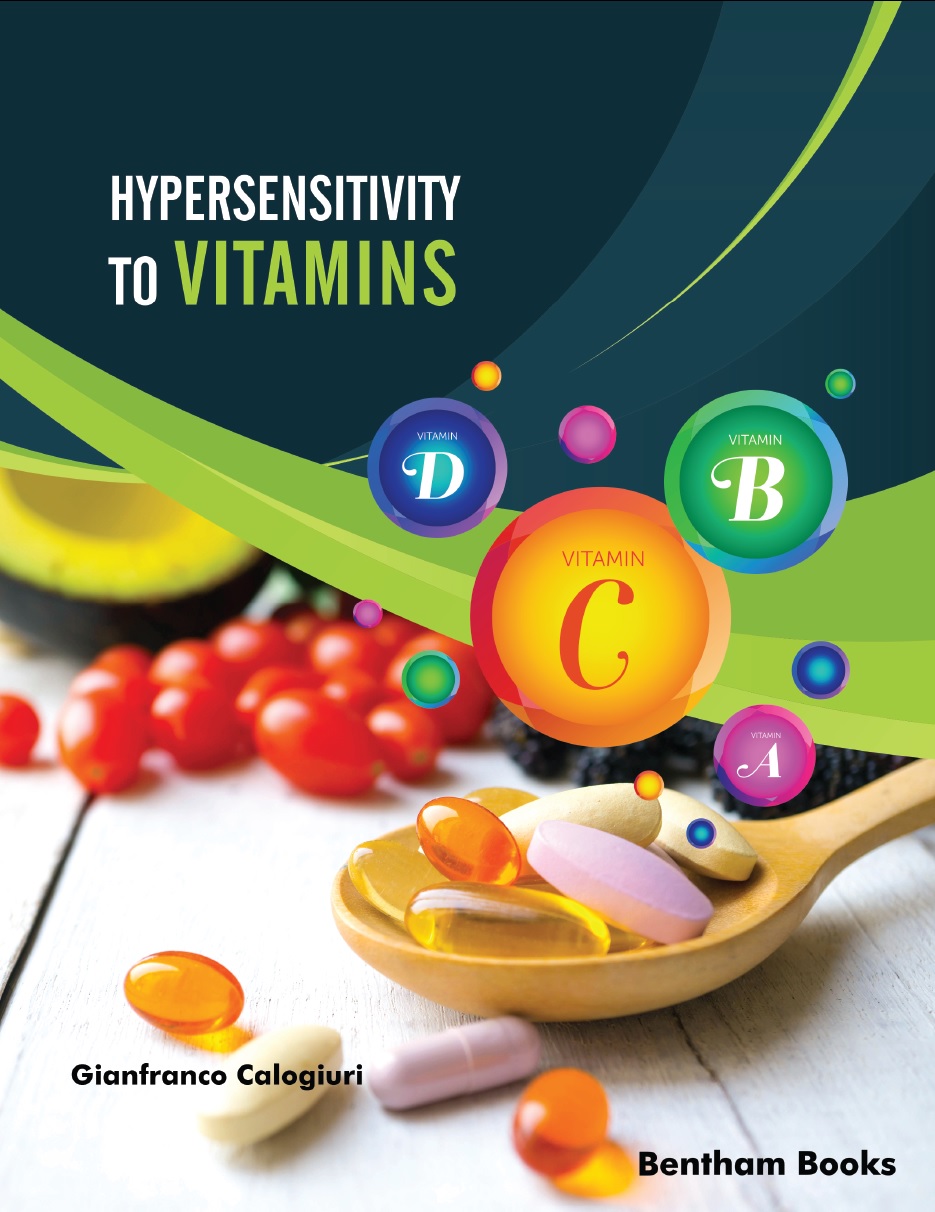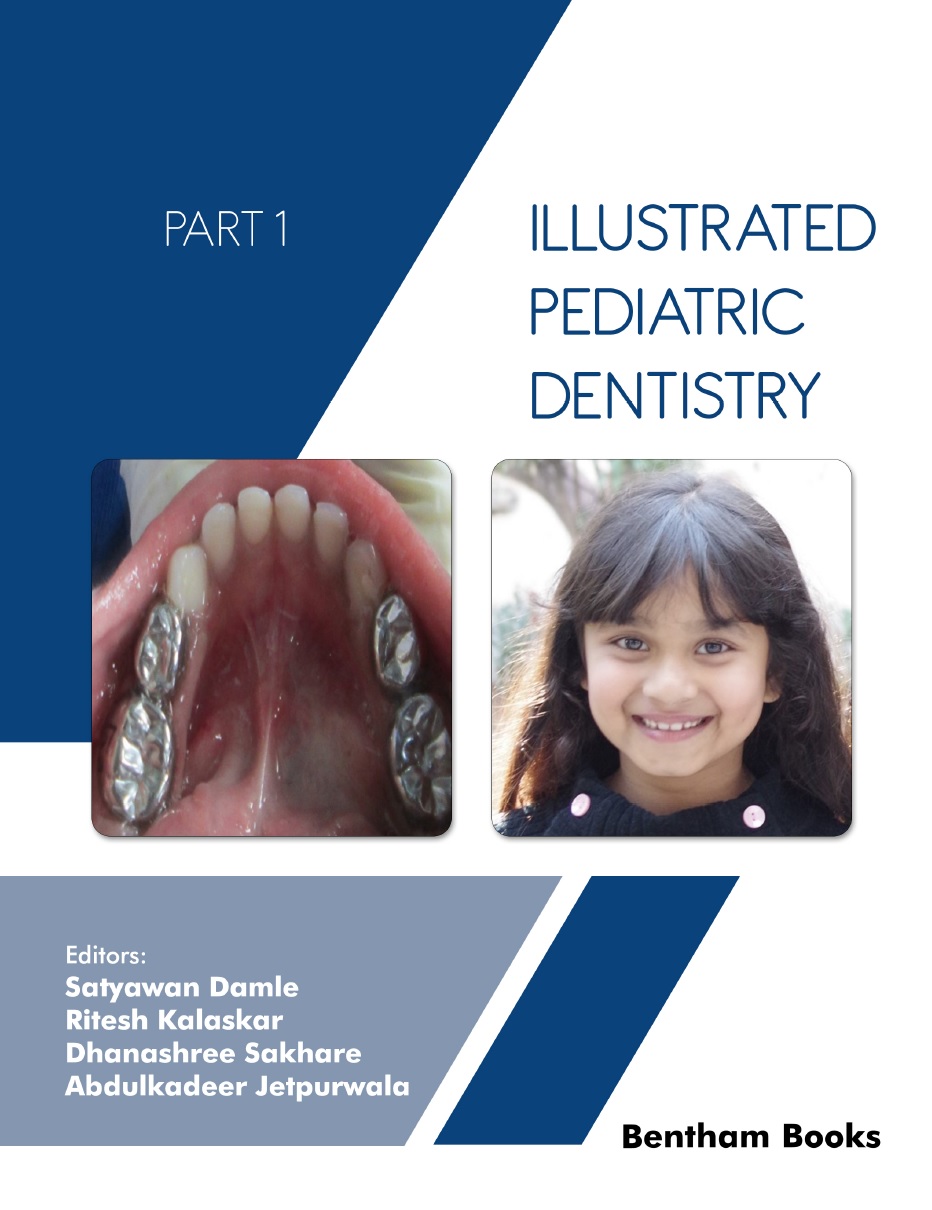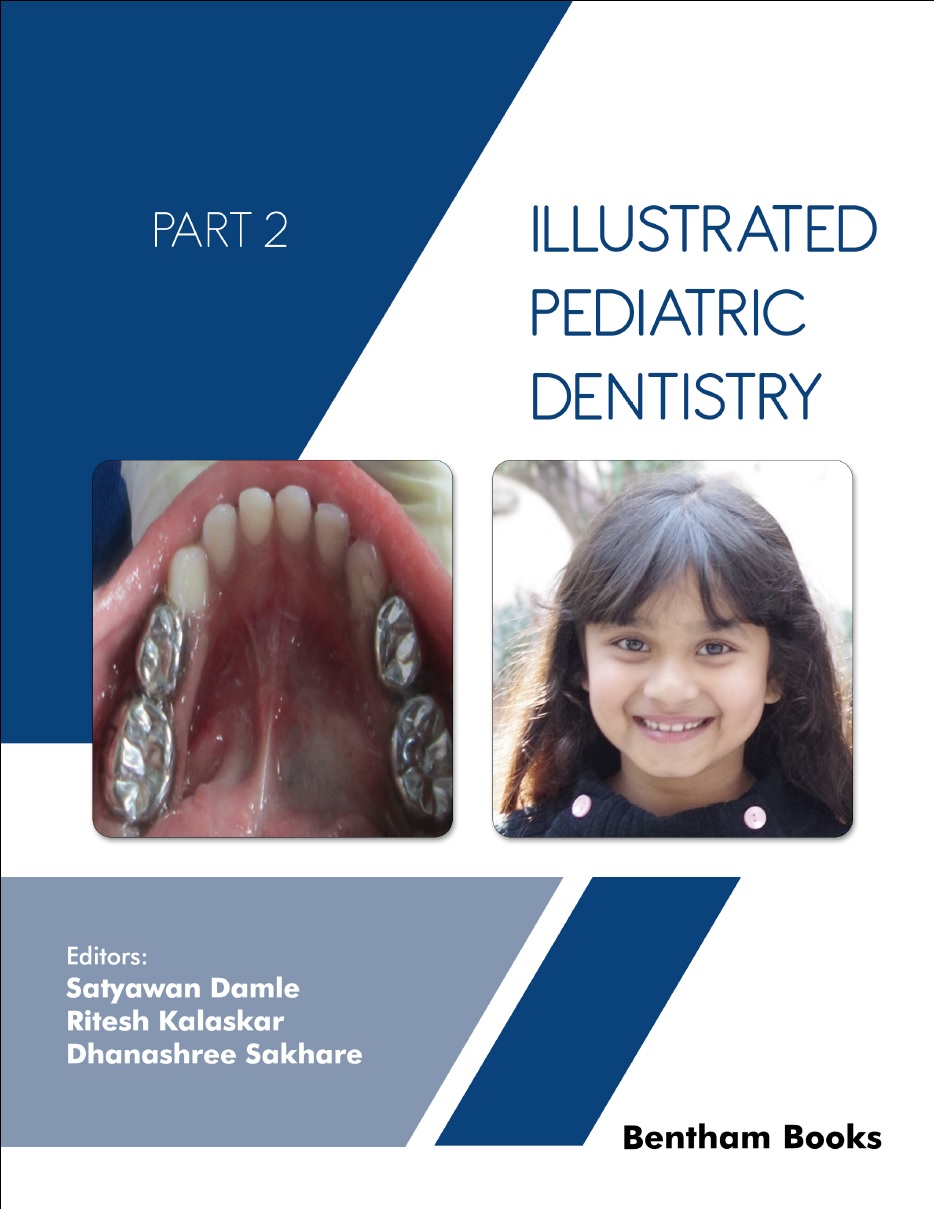- Home
- Publishers
- Bentham Science Publishers
Bentham Science Publishers
Bentham Science Publishers is a major publisher of more than 100 peer-reviewed science, technology and medical (STM) journals, along with a rapidly growing collection of eBooks. Since 1993, Bentham Science Publishers has been catering to the information needs of the pharmaceutical, engineering, biomedical and medical research community.401 - 450 of 812 results
-
-
Frontiers in RNAi: Volume 1
More LessRNA interference (RNAi) is a biological process in which small nucleotide sequences destroy specific mRNA molecules and, therefore, interrupt genetic expression. RNAi has rapidly developed into a widely used technique in biotechnology, experimental biology, genomics and medicine. Frontiers in RNAi is a collection of research articles covering the applications of RNAi principles and technologies and has been compiled by members of the RNAi Global Initiative, a collection of academic and industrial groups with extensive experience in genome-wide RNAi screening. Chapters included in the first volume touch on some of the recent advances in RNAi technology (i.e., applications to 3D cell culture, drug repurposing, and bioproduction) and provide guidance on how to address the continued challenges associated with off-target effects, database structuring, and pooled shRNA screens.
-
-
-
Frontiers in Stem Cell and Regenerative Medicine Research: Volume 10
More LessStem cell and regenerative medicine research is an important area of clinical research which promises to change the face of medicine as it will be practiced in the years to come. Challenges in the 21st century to combat diseases such as cancer, Alzheimer's disease and retinal disorders, among others, may well be addressed employing stem cell therapies and tissue regeneration techniques. Frontiers in Stem Cell and Regenerative Medicine Research brings updates on multidisciplinary topics relevant to stem cell research and their application in regenerative medicine. The series is essential reading for researchers seeking updates in stem cell therapeutics and regenerative medicine.
Volume 10 includes 5 chapters on these topics:
-Novel drugs and their stem cell-based targets for osteoporosis: challenges and proceedings
-The role of cancer stem cells in disease progression and therapy resistance
-Stem cells from human exfoliated deciduous teeth in tissue regeneration
-The fate of toxicological studies: from animal models to stem cell-based methods
-Effect of material properties on differentiation of mesenchymal stem cells
-
-
-
Functional Bio-based Materials for Regenerative Medicine From Bench to Bedside (Part 1)
More LessFunctional Bio-based Materials for Regenerative Medicine: From Bench to Bedside explores the use of bio-based materials for the regeneration of tissues and organs. The book presents an edited collection of 28 topics in 2 parts focused on the translation of these materials from laboratory research (the bench) to practical applications in clinical settings (the bedside). Chapter authors highlight the significance of bio-based materials, such as hydrogels, scaffolds, and nanoparticles, in promoting tissue regeneration and wound healing. Topics included in the book include: - the properties of bio-based materials, including biocompatibility, biodegradability, and the ability to mimic the native extracellular matrix. - fabrication techniques and approaches for functional bio-based material design with desired characteristics like mechanical strength and porosity to promote cellular attachment, proliferation, and differentiation - the incorporation of bioactive molecules, such as growth factors, into bio-based materials to enhance their regenerative potential. - strategies for the controlled release of molecules to create a favorable microenvironment for tissue regeneration. - the challenges and considerations involved in scaling up the production of bio-based materials, ensuring their safety and efficacy, and obtaining regulatory approval for clinical use Part 1 covers techniques for tissue engineering, wound healing and skin engineering. It also presents reviews on techniques such as acellular synthesis and 3D bioprinting. Materials highlighted in this part include chitosan-based nanoparticles, nanocollagen-based materials and plant based composites. Functional Bio-based Materials for Regenerative Medicine: From Bench to Bedside is a valuable reference for researchers in biomedical engineering, cell biology, and regenerative medicine who want to update their knowledge on current developments in the synthesis and application of functional biomaterials.
-
-
-
Functional Composite Materials: Manufacturing Technology and Experimental Application
More LessThis book highlights the advancements in the manufacture and testing of functional composites, metal matrix composites and polymer matrix composites. Chapters provide information about machinability studies of metals and composites using a variety of analytical techniques. The 12 book chapters also highlight updates in manufacturing technologies like CNC turning processes, electrical discharge machining, end milling, abrasive jet machining, electro chemical machining, additive manufacturing, and resistance spot welding. Readers will learn how to solve applied problems in industrial processing and applications. The book is of significant interest to industrialists working on the basic and experimental parameters for fabricating functional composites and manufacturing technology. Because of the multidisciplinary nature of the presented topics, the information presented in the book is of value to a broad audience involved in research, including materials scientists, chemists, physicists, manufacturing and chemical engineers and processing specialists who are involved and interested in the frontiers of composite materials.
-
-
-
Functional Foods for Health Maintenance: Understanding their Role in Cancer Prevention
More LessThe comprehensive information about the inverse relationship between the incidence of cancer and the consumption of natural food has impacted our understanding of the biochemical mechanisms behind cancer and its treatment. Functional Foods for Health Maintenance: Understanding their Role in Cancer Prevention is a review of pre-clinical studies unraveling the chemotherapeutic potential of phytochemicals and other food sources. The editors attempt to summarize the evidence, methods and techniques for identifying specific nutraceuticals and foods capable of interfering and reducing the risk of cancer.
The book compiles 19 edited chapters that cover the chemopreventive effects of different phytochemicals, animal and stem cell models for cancer prevention, and novel nanotechnology-based nutraceuticals. The contributors have also highlighted the techniques employed for the detection of cancer with a review on cancer biomarkers. The book is a resource for post-graduate students and researchers working in the field of nutrition, molecular biology, chemoprevention, biochemistry and pharmaceutical sciences.
-
-
-
Functional Molecular Imaging In Hepatology
More LessThe eBook discusses how the special physiology of the liver must be considered when applying functional molecular imaging in hepatology. The main topics of the eBook include the clinical and scientific use and possibilities of functional molecular imaging for investigations of hepatic blood perfusion, substrate metabolism, and biliary secretion as well as for cancer diagnostics (primary and secondary liver cancers). Functional imaging of changes in cerebral blood perfusion and metabolism in patients with liver diseases is also covered. The eBook is written by internationally renowned experts and is intended for everyone who is interested in hepatology or functional molecular imaging.
-
-
-
Fundamentals of Analysis In Physics
More LessMany beginners find physics to be a challenging subject to learn, and the difficulty extends to each branch of physics. It would be preferable for beginners to learn about different branches of physics as quickly as possible with a simplified understanding of the relevant mathematical relationships. After learning the position of each field in physics, it becomes easier to learn details of each field. In this book, special functions are not used to explain the solutions of equations.
Fundamentals of Analysis In Physics summarizes the analytical methods in different fields of physics The book covers several known fields of physics and is a useful text for beginners in physics, college and university students, and working professionals who may not have a background in mathematics or physics.
Key features:
- Summarizes information about different fields in physics in 150 pages
- Covers 7 different fields of physics (classical mechanics, electromagnetism, quantum mechanics, relativistic quantum mechanics, statistical mechanics and more) in 7 separate chapters
-Contains simple explanations without the use of special functions.
-
-
-
Fundamentals of Cellular and Molecular Biology
More LessFundamentals of Cellular and Molecular Biology is a comprehensive textbook designed to explain the molecular mechanisms that underpin the functions and structures within living organisms. This resource focuses on improving the reader's understanding and exploration of the cellular and molecular basis of life, emphasizing the latest research findings and technological advancements. The book is structured into 18 chapters that systematically cover topics ranging from the basic structural components of cells to the complex processes of gene expression, protein synthesis, and cell signaling. It offers a detailed examination of DNA replication, repair mechanisms, and the molecular basis of genetic diseases. Additionally, the book explains the application of molecular biology in biotechnology, medicine, and environmental science, as well as advanced topics like cloning, gene therapy, and molecular diagnostics.
Key features:
- Clear explanations of complex concepts, bridging basic biology concepts with applied scientific fields
- Uses real-world examples to illustrate scientific principles
- Includes information on the latest research and technological breakthroughs.
- Glossaries and references for each chapter
- Facilitates learning with diagrams, flowcharts, and tables that summarize critical information, making complex subjects accessible.
Fundamentals of Cellular and Molecular Biology is an essential resource for students in life science courses such as biology, biochemistry, biotechnology, and medicine.
-
-
-
Fundamentals of Computational Methods for Engineers
More LessThis textbook bridges the gap between introductory and advanced numerical methods for engineering students. The book initially introduces readers to numerical methods before progressing to linear and nonlinear equations. Next, the book covers the topics of interpolation, curve fitting and approximation, integration, differentiation and differential equations. The book concludes with a chapter on advanced mathematical analysis which explains methods for finite difference, method of moments and finite elements.
The book introduces readers to key concepts in engineering such as error analysis, algorithms, applied mathematics with the goal of giving an understanding of how to solve engineering problems using computational methods. Each of the featured topics is explained with sufficient detail while retaining the usual introductory nuance. This blend of beginner-friendly and applied information, along with reference listings makes the textbook useful to students of undergraduate and introductory graduate courses in mathematics and engineering.
-
-
-
Fundamentals of Educational Technology
More LessEducational technology refers to the preparation and use of electronic resources, computer applications, and audio-visual aids which are used in the teaching and learning process. For administrators, the term also includes the planning, organization validation, evaluation, and implementation of all kinds of educational programs. Educational technology is now important for the selection of appropriate teaching media as well as the development, and application of curricula. Fundamentals of Educational Technology work explains the basic facts about educational technology to inform teachers and students. The book includes 6 chapters which cover the subject in a simple manner suitable for learners in education programs. Key Features: - 6 organized chapters on the basics of educational technology and media - Simple reader-friendly organization of contents with relevant diagrams - Gives a historical perspective of the field - Gives an overview of digital and electronic tools for educators - Includes information about relevant teaching methods - Gives an overview of the role of electronic and digital media in education - Includes a section on the ethical use of educational technology Fundamentals of Educational Technology serves as a basic guide for educational instructors and administrators on educational technology and its role in teaching and designing educational programs at all levels.
-
-
-
Fundamentals of Materials Engineering- A Basic Guide
More LessFundamentals of Materials Engineering - A Basic Guide is a helpful textbook for readers learning the basics of materials science. This book covers important topics and fundamental concepts of materials engineering including crystal structure, imperfections, mechanical properties of materials, polymers, powder metallurgy, corrosion and composites. The authors have explained the concepts in an effective way and by using simple language for the benefit of a broad range of readers. This book is also beneficial to the students in engineering courses at B.Sc, M.Sc, and M.Tech. levels.
-
-
-
Fundamentals of Mathematics in Medical Research: Theory and Cases
More LessFundamentals of Mathematics in Medical Research: Theory and Cases is a comprehensive guide to the mathematical principles and methods used in medical research. This book is structured to facilitate learning and application and gives a solid foundation to readers. The book is divided into multiple parts that explain basic concepts in a progressive way.
- Part I covers real-valued functions of one or more variables with geometric representations to establish a core understanding of advanced mathematics
- Part II covers inferential methods of probability and statistics from basic probability to parametric and nonparametric tests
- Part III covers correlation theory and advanced analysis of real-valued functions
- Part IV covers multivariable analysis for solving complex problems with an explanation of Markov Chain models
- An Appendix provides solutions for all exercises and along with Fortran 90 programs, Python scripts and Linux scripts to explore the mathematical concepts explained in the book.
Key Features:
Introduction and Conclusion in Every Chapter
Exercises and Solutions
Program codes and scripts
Comprehensive Coverage of Mathematics for Academics and Research
Real-World Cases
This book is an essential resource for researchers, students, and professionals in medicine and allied fields who seek to understand and apply mathematical methods in their work.
-
-
-
Fundamentals of Nuclear Physics
More LessFundamentals of Nuclear Physics gives elementary understanding of nuclear and particle physics. The textbook offers an overview of the subject, providing students with a basic understanding about 1) the atomic structure and the nucleus, 2) equipment such as particle detectors, particle accelerators, and nuclear reactors, 3) radioactivity, and 4) elementary particles. Each chapter provides fundamental theoretical and experimental knowledge required for students to strengthen their concepts.
Other key features of the book include:
- Structured chapters designed for easy reading and stimulating interest for learners
- Sophisticated figures
- Thoroughly solved equations
- Bibliographic references for further reading
- Updated information about different types of nuclear reactors
- Information about nuclear astrophysics Fundamentals of Nuclear Physics is suitable for introductory undergraduate courses in nuclear physics as well as more innovative courses geared towards nuclear engineering.
-
-
-
Fungal Lipid Biochemistry
More LessFungal Lipid Biochemistry explores the intricate biochemistry of fungal and microbial lipids. The book focuses on recent advances in our knowledge about the distribution, classification, and biochemistry of fungal lipids. The book is divided into four sections, starting with an introduction to fungal lipids which includes definition, classification, nomenclature, and some historical aspects of fungal lipid research. This is followed by an overview of fungal lipids, and environmental and nutritional cultural conditions affecting lipid production. The second section contains four chapters that explain the metabolism of fatty acids, their biosynthetic pathways together with their storage mainly in the form of triacylglycerols. The latter includes a key description of the recently discovered lipid droplet acting as a highly specific cellular compartment for the storage of neutral lipids. The third section contains five chapters concerned with the relatively recent interpretation of other major lipid classes which include glycerophospholipids, sphingolipids, aliphatic hydrocarbons, sterols, carotenoids, and polyprenols and their occurrence and biosynthesis. The final section covers lipid metabolism during fungal development and sporulation. Key features - Extensive coverage of fungal lipid biochemistry, with a focus on recent knowledge - Includes chapters for specific lipid classes with notes on their metabolism - Gives knowledge about the role of lipids in fungal growth and development - Provides references for further reading This book is a comprehensive reference for academics, scientific researchers, and industrial scientists (in biotechnology, food science and nutritional health) who require information about fungal lipid composition and biochemistry.
-
-
-
Future Farming: Advancing Agriculture with Artificial Intelligence Intelligence
More LessArtificial Intelligence is playing a vital role in implementing the smart methods for the agriculture and it will change the aspects of performing agricultural activities. The objective of this book is to inform readers about how artificial intelligence is improving agriculture by exploring its applications. The book addresses several aspects of the artificial intelligence applications in the smart agriculture including, pest control, leaf disease identification, identification of weed, field security and applications of drones in smart farming. Chapters are contributed by experts in agriculture, computer science and biotechnology.
Key Themes:
Advanced machine learning techniques for pest control and disease identification
Automated recognition and classification of plant diseases, focusing on tomatoes and pearl millet
Integration of artificial intelligence for solar-powered robots to identify weeds and damages in vegetables
Development of field prevention systems to deter wild animals in farming areas
Utilization of machine learning for weather forecasting to facilitate smart agriculture practices
Intelligent crop planning and precision farming through AI applications
Integration of artificial intelligence and drones to enhance efficiency and effectiveness in smart farming operations
Other features of the book include a list of references and simple summaries in each chapter to distil the information for readers.
The book is a reference material for courses on automation in agriculture and as a handbook for anyone interested in new advances in farming.
-
-
-
Genome Editing in Bacteria (Part 1)
More LessThis reference is a comprehensive review of genome editing in bacteria. The multi-part book meticulously consolidates research findings and insights on the applications of bacteria across several industries, including food processing and pharmaceutical development. The book covers four overarching themes for readers: a historical perspective of genome editing, genome editing in probiotics, applications of genome editing in agricultural microbiology and genetic engineering in environmental microbiology. The editors have also compiled chapters that provide an in-depth analysis of gene regulation and metabolic engineering through genome editing tools for specific bacteria.
Key topics in part 1:
- An Overview of advances in CRISPR-CAS research
- Applications of CRISPR/CAS9-based genome editing for industrial microorganisms
- Gut microbiome modulation to address gut dysbiosis
- Bifidobacterium genome editing for probiotic development and metabolic engineering.
- Insights into the use of lactic acid bacteria as starter cultures in the food
- Genome editing of vegetable-derived L. Plantarum
- Genome editing in Bacillus Licheniformis
Genome Editing in Bacteria is a definitive reference for scholars, researchers and industry professionals navigating the forefront of bacterial genomics.
-
-
-
Genome Editing in Bacteria (Part 2)
More LessThis reference is a comprehensive review of genome editing in bacteria. The multi-part book meticulously consolidates research findings and insights on the applications of bacteria across several industries, including food processing and pharmaceutical development. The book covers four overarching themes for readers: a historical perspective of genome editing, genome editing in probiotics, applications of genome editing in agricultural microbiology and genetic engineering in environmental microbiology. The editors have also compiled chapters that provide an in-depth analysis of gene regulation and metabolic engineering through genome editing tools for specific bacteria.
Key topics in part 2:
- Targeting pathogenic microbes for plants and animals using CRISPR-CAS
- Genome editing microbes to improve crop yield plant growth for sustainable agriculture
- Applications of genome editing for bioremediation
- Microbial genome editing for environmental bioprocessing
- Genetic engineering for methanotrophs
- Genome engineering in Cyanobacteria
- Genome editing in Streptomyces
Genome Editing in Bacteria is a definitive reference for scholars, researchers and industry professionals navigating the forefront of bacterial genomics.
-
-
-
Genome Size and Genetic Homogeneity of Regenerated Plants: Methods and Applications
More LessThis reference is a timely compilation of studies of genome size and genetic stability of regenerated plants. It presents 13 book chapters that cover recent advancements in CRISPR/Cas-based genome editing, the use of molecular markers to analyze somaclonal variation in tissue culture, and genetic stability assessment in various plant species, including medicinally valuable plants like Valeriana and Coffea. The book also highlights the role of flow cytometry in investigating polyploidy and provides valuable insights into genetic fidelity assessment of micropropagated woody plants and orchids. The contributors have shed light on the intra-specific and inter-specific genome and chromosome number variation with reference to gene duplication and DNA sequence loss. Molecular techniques for detecting ploidy levels and genetic homogeneity in regenerated plantlets are also discussed. Additional highlights of the book include brief guidelines for experimental protocols for flow cytometry and molecular markers, coverage of a wide range of plants, and supporting references. This is an excellent reference for biologists, geneticists, and plant scientists exploring genetic homogeneity and genome size variation in diverse plant groups.
-
-
-
Geriatric Anesthesia: A Practical Guide
More LessGeriatric Anesthesia: A Practical Guide is a comprehensive reference on geriatric anesthesia. The book is divided into three sections. The first section covers the basics of both anatomical and physiological changes in senescence, and important polypharmacy considerations common in elderly patients. The next section covers anesthesia for cardiac and non-surgical patients. Various controversies and legal ethical issues that are particularly significant in the elderly such as advance directives, code status discussions, specific patient groups and shared decision-making prior to surgical interventions, are covered in the final section.
Key features
- 20 referenced chapters covering basic geriatric anesthesia considerations, cardiac and non-surgical patients and special topics, respectively
- Contributions and references from experienced anesthesiologists
- Emphasis on tailoring perioperative management depending on specific circumstances of patients
- Addresses novel and commonly overlooked topics related to the geriatric population
This book is a guide for both anesthesia providers and non-anesthesia medical providers, trainees and students. It equips them with necessary information to understand and devise anesthetic plans while being aware of postoperative complications and the respective treatment and management options.
-
-
-
Global Emerging Innovation Summit (GEIS-2021)
More LessThis Global Emerging Innovation Summit (GEIS 2021) book summarizes the proceedings of the international summit held on April 9th and 10th, 2021. The meeting was organized by Lovely Professional University (LPU) and supported by ENEA - the National Agency for New Technologies, Energy and Sustainable Economic Development.
GEIS-2021 is the most comprehensive conference focused on the diverse facets of the innovations in different technical domains. The goal of this conference is to bring together researchers from academia and industry as well as practitioners in allied fields to share their ideas and solutions related to issues and challenges that rely on the use of technology. The conference highlights the multifaceted nature of innovation in engineering and natural sciences. Attendees are given an opportunity to exchange new ideas to establish research relations to find global partners for future collaboration.
Authors from academics, government agencies and industries, contributed several papers which truly make the conference a diverse and unique platform in the region for a productive and interdisciplinary dialogue. This volume features 59 contributions which were selected after review by the editors.
Chapters cover emerging developments in a broad range sectors including aviation, transportation, pharmaceutical chemistry, medicine, life sciences, space science, electronics, security, artificial intelligence, communications, energy and much more.
This compilation is a handy resource for readers who are seeking updates in the latest trends and innovative developments in technology and engineering.
-
-
-
Graphene-Based Nanomaterial Catalysis
More LessGraphene-Based Nanomaterial Catalysis compiles knowledge about catalytic graphene-based nanomaterials in a single easy-to-read volume. The text serves to familiarize scholars and professionals with the methods of fabrication of both functionalized and non-functionalized graphene nanomaterials suitable for use in a variety of applications such as electrochemical sensors, oxygen and hydrogen production, fuel cells and organic transformations.
Key Features
- systematic chapters which present the topic in an accessible way that is targeted towards learners
- Accessible information about the fabrication of graphene-based catalysts
- updated knowledge about catalytic applications of graphene-based nanomaterials in electro- and organic catalysis.
- delivers information about recent trends in industry and research.
- covers sophisticated green technologies such as carbon dioxide conversion and solar powered water splitting
- references for further reading
Interested students in material science at undergraduate, graduate and postgraduate levels in the disciplines of chemical engineering and materials science will highly benefit from the information in this reference. The reference also gives researchers in both industry and academia an opportunity to update their knowledge of graphene-based nanomaterials useful for catalysis.
-
-
-
Graphene-based Carbocatalysis: Synthesis, Properties and Applications (Volume 2)
More LessThis book informs readers about recent advances in graphene carbocatalysis encapsulating the current developments in the syntheses, properties, characterizations, functionalization and catalytic applications of graphene, its derivatives and composites. It serves as a comprehensive primary reference book for chemistry and engineering students who are required to learn about graphene chemistry in detail. It also serves as an introductory reference for industry professionals and researchers who are interested in graphene research as well as its emerging applications in catalysis and beyond.
Volume 2 presents information about the industrial applications of graphene-based materials. It starts with graphene-based photocatalysis and progresses into the electrochemical applications of related materials. Highlighted applications in this domain include the use of graphene for hydrogen production and in electrodes for electrochemical sensors. It also covers developments in graphene-based smart energy materials. The final chapter of the volume summarizes the future of graphene-based material technology.
-
-
-
Graphene-based Carbocatalysis: Synthesis, Properties and Applications: Volume 1
More LessThis book informs readers about recent advances in graphene carbocatalysis encapsulating the current developments in the syntheses, properties, characterizations, functionalization and catalytic applications of graphene, its derivatives and composites. It serves as a comprehensive primary reference book for chemistry and engineering students who are required to learn about graphene chemistry in detail. It also serves as an introductory reference for industry professionals and researchers who are interested in graphene research as well as its emerging applications in catalysis and beyond. Volume 1 provides an introduction to catalysis and the chemistry of graphene. This is followed by chapters that cover the chemistry of graphene compounds. Next, it covers the functionalization of graphene into catalytic materials and its role in the synthesis of nanocomposites. Finally, the book delves into the complex aspects of graphene carbocatalysis: recent advances in graphene supported palladium catalysts for coupling reactions, applications of graphene-based catalysts in multicomponent, domino reactions, oxidation and reduction reactions, and recent trends in biocatalytic properties of graphene-based composites are all discussed in detail.
-
-
-
Grasping the Future: Advances in Powered Upper Limb Prosthetics
More LessThe technological level of upper limb prostheses has always been fairly poor so far if compared with that of other analogous systems (e.g. lower limb prostheses, assistive robots). However, there is no doubt that in the recent years the upper limb research stimulated the most exciting developments in prosthetic technology. Indeed, new terminal devices and novel articulations for the artificial arm have been recently proposed, and the control hardware, software and firmware are in continuous progress for the implementation of effective control options for the wearers as well as for an easier management of the electronic boards. Also the clinical treatment of the patients is significantly improving. This e-book illustrates significant milestones reached by the scientists in prosthetic research considering both technical issues and clinical features, and also sheds lights on new trends and future developments of this field.
-
-
-
Green Extraction Techniques in Food Analysis
Current and Future Developments in Food Science: Volume 3
More LessThis book aims to inform readers about the latest trends in environment-friendly extraction techniques in food analysis. Fourteen edited chapters cover relevant topics. These topics include a primer green food analysis and extraction, environment-friendly solvents, (such as deep eutectic solvents, ionic liquids, and supramolecular solvents), and different extraction techniques.
Key Features
- Includes topics for basic and advanced readers
- Covers a wide range of green solvents for food analysis
- Emphasizes modern extraction techniques (including supercritical fluid extraction, the gas expanded liquid extraction, pressurized liquid extraction, microwave-assisted extraction, pulse electric field extraction)
- Provides notes on selection of solvents
- Includes references for every chapter The blend of fundamental and applied information makes this an ideal reference for food chemistry students and research scholars. It also serves as a guide for professional experts working in food analysis and sustainability roles.
-
-
-
Green Industrial Applications of Artificial Intelligence and Internet of Things
More LessThis book explores the intersection of the Internet of Things (IoT) and Artificial Intelligence (AI) in sustaining a green environment, sustainable societies, and thriving industries. It offers a comprehensive exploration of how these technologies intersect and transform various sectors to enhance environmental conservation, societal well-being, and industrial progress. The book features a diverse array of case studies, methodologies, and notes on technological advancements. Readers will gain valuable insights into the impact of AI and IoT on sustainable initiatives through real-world examples, research findings, and discussions on future directions.
Key themes
AI in complex and versatile scenarios: Chapters 1 and 4 explore AI applications in combatant identification and COVID-19 monitoring
IoT for efficiency and data-driven decision-making: Chapters 2, 3, and 7 focus on IoT implementations in battery monitoring for electric vehicles, healthcare systems, and precision farming
AI for diagnostics and computer vision: Chapters 5, 9, and 13 highlight AI-driven solutions for plant disease detection, fetal spine disorder detection, and defect detection
Industry applications: Chapters 6, 8, 10, 11, 12, 14, 15, 16, and 17 cover AI and IoT in healthcare, transportation, supply chain management, endangered species protection, crop management, and pollution detection, showcasing their transformative potential across various domains.
This book is ideal for readers with multidisciplinary backgrounds, including researchers, academics, professionals, and students interested in IoT, AI, environmental sustainability, healthcare, agriculture, smart technologies, and industrial innovation.
-
-
-
Green Plant Extract-Based Synthesis of Multifunctional Nanoparticles and their Biological Activities
More LessThe convergence of nanotechnology with agriculture has transformed farming, while also impacting medicine, biotechnology and environmental science. Plant extracts isolated using new technologies have been used to successfully create new medicines for specific diseases. This book focuses on the eco-friendly synthesis of plant extracts. It provides information about multifunctional nanoparticles, and their versatile applications, including agriculture, food safety, and environmental remediation.
The book aims to bridge the gap between nanotechnology and public perception, addressing concerns related to health and environmental impact. Themes within the book span across green synthesis techniques for noble metal nanoparticles, the crucial role of analytical methods in characterizing these 'nanomaterials' and the comprehensive examination of how nanoparticles interact with the human body. Furthermore, the intricate relationships between proteins and nanoparticles is highlighted to explain the physicochemical effects and toxicity of nanomaterials. Readers will learn about sustainable and environmentally friendly approaches for synthesizing nanoparticles, while getting a glimpse of the promising future of nanotechnology in agriculture and beyond.
-
-
-
Green Solutions for Degradation of Pollutants
More LessGreen Solutions for Degradation of Pollutants is a compilation of reviews on environmental remediation by sustainable techniques. The book helps readers understand the potential of such techniques in resolving the growing problem of environmental pollutants.
The editors have compiled 13 comprehensive reviews on green remediation techniques such as microbial bioremediation, nano-bioremediation, phytoremediation, and green-nanoremediation for the remediation of a variety of pollutants, including wastewater, microplastics, metals and other contaminants. Materials highlighted in the chapters include carbon quantum dots, plant extracts, metallic and organic nanoparticles.
Green Solutions for Degradation of Pollutants is a reference book for readers who need to comprehend the practical application of green remediation techniques.
-
-
-
Halophytic Plants for Animal Feed: Associated Botanical and Nutritional Characteristics
More LessHalophytic plants are a fascinating group of plants that also serve as dietary feed for livestock. Their utilization is essential for sustainable agriculture and maintaining ecological balance. This book explains the nature of halophytic plants through an in-depth presentation of their botanical and nutritional characteristics. Chapters of the book highlight different aspects of halophytes on a botanical, histological, ecological and nutritional basis when utilized as animal feed components. The issues of the histo-chemical aspects of halophytes are addressed with regard to their impact on nutrient compositions and availability to animals, while the important nutrient contents of halophytes are considered in relation to their value to animals.
Key Features:
- 10 organized chapters on halophytic plants
- Explains the relationship between botanical and nutritional characteristics of halophytes when utilized as animal feed components
- Covers information about important nutrient contents and secondary metabolites in halophytes
- Includes information on nutritional and feeding values for animals
- Includes informative diagram and tables
- Includes references for further reading
This book fills a notable gap in available literature on the subject, and will stimulate researchers to pursue the many unanswered questions in the field of biosaline agriculture. This text serves as reading material for undergraduate and graduate level courses and specializations in agriculture, animal nutrition, animal physiology, botany and plant physiology. It also serves as supplementary reading for students of taxonomy, ecology, and environmental science courses. Professional and apprentice livestock farmers will also benefit from the information presented by the book.
-
-
-
Handbook for Dental Chair Side Assistants - Part 1
More LessHandbook for Dental Chair Side Assistants is a timely and comprehensive resource designed to educate the dental chair side assistant and dental nurses about dentistry. This unique practical handbook covers the basic sciences emergencies and clinical aspects of all dental specialties. The theoretical knowledge and background about dental anatomy, dental microbiology, oral pathology, dental materials, dental radiology, dental procedures, common drugs, problems and dental instruments in dental practice is explained in simple and clear terms. The contents have been designed to give an optimum balance between clinical skills and theoretical foundation of the subject. The book is divided into 2 parts. Part 1 covers basic sciences and includes a guide to working in dental clinics. Part 2 includes a guide to medical emergencies, and information for different dental specialty settings. Key Features - Lucid yet simple explanations for learners - Covers basic and practical tips for dental assistants and nurses - Provides information for all dental specialties - Includes notes on advanced technology in dentistry - Illustrative and easy to retain information with colorful clinical pictures flowcharts and tabular data - A comprehensive summary for every chapter The book is useful reading material for undergraduate dental students and trainees.
-
-
-
Handbook for Dental Chair Side Assistants - Part 2
More LessHandbook for Dental Chair Side Assistants is a timely and comprehensive resource designed to educate the dental chair side assistant and dental nurses about dentistry. This unique practical handbook covers the basic sciences emergencies and clinical aspects of all dental specialties. The theoretical knowledge and background about dental anatomy, dental microbiology, oral pathology, dental materials, dental radiology, dental procedures, common drugs, problems and dental instruments in dental practice is explained in simple and clear terms.
The contents have been designed to give an optimum balance between clinical skills and theoretical foundation of the subject. The book is divided into 2 parts. Part 1 covers basic sciences and includes a guide to working in dental clinics. Part 2 includes a guide to medical emergencies, and information for different dental specialty settings.
Key Features
- Lucid yet simple explanations for learners
- Covers basic and practical tips for dental assistants and nurses
- Provides information for all dental specialties
- Includes notes on advanced technology in dentistry
- Illustrative and easy to retain information with colorful clinical pictures flowcharts and tabular data
- A comprehensive summary for every chapter The book is useful reading material for undergraduate dental students and trainees.
-
-
-
Handbook of Artificial Intelligence
More LessArtificial Intelligence (AI) is an interdisciplinary science with multiple approaches to solve a problem. Advancements in machine learning (ML) and deep learning are creating a paradigm shift in virtually every tech industry sector.
This handbook provides a quick introduction to concepts in AI and ML. The sequence of the book contents has been set in a way to make it easy for students and teachers to understand relevant concepts with a practical orientation. This book starts with an introduction to AI/ML and its applications. Subsequent chapters cover predictions using ML, and focused information about AI/ML algorithms for different industries (health care, agriculture, autonomous driving, image classification and segmentation, SEO, smart gadgets and security). Each industry use-case demonstrates a specific aspect of AI/ML techniques that can be used to create pipelines for technical solutions such as data processing, object detection, classification and more.
Additional features of the book include a summary and references in every chapter, and several full-color images to visualize concepts for easy understanding. It is an ideal handbook for both students and instructors in undergraduate level courses in artificial intelligence, data science, engineering and computer science who are required to understand AI/ML in a practical context.
-
-
-
Handbook of Laparoscopy Instruments
More LessHandbook of Laparoscopy Instruments covers the essential components of laparoscopic instruments and technology. It presents accessible information covering key topics on the subject: Ø Basic and specialized laparoscopic instruments Ø Image production Ø Pneumoperitoneum maintenance Ø Ergonomics Ø Sterilization procedures Ø Optical devices Ø Operation theatre layout and setup Ø Operative hand instruments Ø Robotic Surgery This book is an indispensable resource recommended for students and surgical residents who need an understanding of instruments and procedures in laparoscopic surgery. It is also intended to help medical professionals who want to start laparoscopy units in their clinics.
-
-
-
Hazardous Waste Management and Health Risks
More LessHazardous Waste Management and Health Risks presents a systematic overview of evaluating solid and hazardous waste management practices. The book introduces readers to the basic principles of hazardous waste management and progresses into related topics that allow managers to assess environmental quality. These topics include heavy metal pollution, reproductive biomarkers as signals of environmental pressure and health risks, and environmental contamination in an international perspective. With an emphasis on sustainable development throughout the text, a zero-waste strategy as an alternative way to manage hazardous waste is suggested in a dedicated chapter.
This reference book is intended as an introductory guide for managers taking waste management training courses and students involved in degree courses related to environmental engineering and management.
-
-
-
Health Policy in Ageing Populations: Economic Modeling of Chronic Disease Policy Options in Australia
More LessIn a global environment of rapid increases in health expenditures, health policies in Australia and in many other countries are currently undergoing major reforms. To contain future cost increases, accurate tools able to identify and rank ‘best value for money’ health investments are essential.
In Australia non-communicable chronic diseases – e.g. diabetes, heart disease, cancer, arthritis and mental disorders – affect the majority of the elderly, account for 70% of health expenditures, and cause poor health, deteriorating quality of life and premature death. This book focuses on how to identify ‘best value for money’ health investments within the context of on-going and future health reforms, and on quantifying the major benefits that would flow from such investments in terms of longer and better lives. This book will be of interest to general readers, social and economic researchers, and students interested in health care in ageing populations.
-
-
-
Heat Stress In Food Grain Crops: Plant Breeding and Omics Research
More LessHeat Stress In Food Grain Crops: Plant Breeding and Omics Research is a timely compilation of advanced research on heat stress affecting crop yield, plant growth & development of common food grain and cereal crops. Chapters in the book cover several aspects of crop science including the identification of potential gene donors for heat tolerance, physiological mechanisms of adaptation to heat stress, the use of conventional and modern tools of breeding for imparting tolerance against terminal temperature stress and precise mapping of heat tolerant QTLs through biparental and genome wide association mapping. The use of genomics and phenomics methods is focused on through chapters dedicated to important crops such as groundnut, pearl millet, maize, chickpea, mungbean and wheat. Authors of the respective chapters explain the importance of harnessing a diverse crop genepool for sustaining crop production under conditions of increasing heat stress. Readers will be able to understand the relevance of functional genomics in elucidating candidate genes and their regulatory functions contributing to heat tolerance
-
-
-
Hepatic Elastography Using Ultrasound Waves
More LessSome time ago, Schiano raised the question "To B or not to B", which means "To Biopsy or not to Biopsy" the liver for the evaluation of chronic hepatopathies. For a long period, liver biopsy (LB) was considered the "gold standard" for the evaluation of liver morphology. A major disadvantage of LB is its invasiveness: the risk of post-biopsy discomfort for patients and sometimes, for serious complications; also the lack of sensitivity to detect fibrosis, due to its heterogeneity; and the inability to obtain good quality fragments, adequate for pathological examination. In these conditions, the question is whether LB can be regarded as the "gold standard" for staging and grading chronic hepatitis in daily activity.
But what alternative can we propose for the evaluation of liver fibrosis at this moment? The answer is: non-invasive methods and the ultrasound elastographic ones presented in this volume.
Transient Elastography (FibroScan, Echosens) is a recognized method in many countries. Published papers and meta-analyses showed the value of this method for the diagnosis of liver cirrhosis (AUROC - 94%); for staging chronic HCV hepatitis (a cut-off value of 7.5 kPa differentiates F0–1 from F2–4 with 67% sensitivity, 87% specificity, 86% positive predictive value (PPV) and 68% negative predictive value (NPV), with a diagnostic accuracy of 76%; but also in HBV chronic infection, NASH, PBC, PBS).
Acoustic Radiation Force Impulse (ARFI) Elastography (Siemens S2000) is another elastographic methods with promising results (a meta-analysis showed that the mean diagnostic accuracy of ARFI expressed as AUROC was 0.88 for the diagnosis of significant fibrosis (F≥2), 0.91 for the diagnosis of severe fibrosis (F≥3), and 0.93 for the diagnosis of liver cirrhosis. In the subgroup of patients who underwent both ARFI and TE, the diagnostic accuracy of ARFI was comparable to TE for the diagnosis of significant and severe fibrosis, with a trend to be inferior for the diagnosis of cirrhosis. The future of liver fibrosis evaluation points towards non-invasive methods, decreasing dramatically the number of liver biopsies.
Studies have been published regarding the value of Real Time Elastography, performed for the first time with Hitachi systems (EUB-8500 and EUB-900), which uses an extended combined autocorrelation method to produce a real-time elasticity image by using a freehand approach to compress the tissues with the ultrasound transducer. The relative tissues’ elasticity is calculated and displayed as a color overlay on the conventional B-mode image. HiRT-E could be a promising method for the evaluation of liver fibrosis in chronic hepatopathies, but new methods of color code interpretation are needed to improve the accuracy, as well as a reference acquisition methodology.
ShearWave™ Elastography, the new "kid on the block", produces an image where true local tissue elasticity is displayed in a color map in "real time". Elasticity is displayed using a color coded image superimposed on a B-mode image. Stiffer tissues are coded in red and softer tissues in blue, with an image resolution of approximately 1mm. The true elasticity is assessed based on Shear wave propagation speed into the tissue. It is a very new method and only small studies were presented at international meetings.
Thus, having the alternative of noninvasive elastographic methods for the evaluation of liver fibrosis (maybe together with serum tests such as FibroMax) and knowing the low real life yield of liver biopsy (and the risk of complications), we can safely conclude that, for daily medical activity, liver biopsy can be avoided in the vast majority of cases.
This ebook presents an interesting set of chapters on the subject and is of good value to hepatologists interested in non invasive diagnostic methods for liver diseases.
-
-
-
Hepatic Elastography Using Ultrasound Waves Revised Edition of Volume 1
More LessLiver biopsy (LB) is sometimes considered to be the "gold standard" for the evaluation of liver morphology in the diagnosis of chronic hepatopathies. A major disadvantage of LB is its invasiveness: the risk of post-biopsy discomfort for patients and sometimes, of serious complications; the lack of sensitivity to detect fibrosis, due to its heterogeneity and the difficulty to obtain adequate physical samples for pathological examination is also problematic. In these circumstances, the idea of LB as the "gold standard" for staging and grading chronic hepatitis in routine medical diagnoses is questionable.
Non-invasive methods such as ultrasound elastography provide an effective alternative for liver evaluation without the risk of complications that arise from liver biopsies. There are a number of variants of elastographic techniques which include transient elastography (FibroScan, Echosens), Acoustic Radiation Force Impulse (ARFI) elastography (Siemens S2000) and other methods of shear wave elastography.
This revised edition of Hepatic Elastography Using Ultrasound Waves presents an updated set of chapters on the related topic. Chapters cover several methods of hepatic elastography (transient, shear wave, real time strain, elastPQ etc.). This edition consolidates all methods of point shear wave elastography (including ARFI and ElastPQ methods) into a single chapter and presents information on 2D shear wave elastography in a separate chapter. In addition, this revised edition offers readers new information on the comparison of each elastographic technique and supplements readers with a set of general guidelines on liver elastography. This revised edition is an essential reference for hepatologists interested in non invasive diagnostic methods for liver diseases.
-
-
-
Herbal Immunity Boosters Against COVID-19
More LessThis handbook provides an introduction to COVID-19 and herbal medications that boost the human immune system against SARS-CoV-2. The topics are covered in 7 chapters starting with an introduction to the disease, followed by notes on nutraceuticals and common herbal medicines that have therapeutic potential by enhancing the patient’s immune response. Special topics such as COVID-19 risk factors and Indian traditional medicines are also included to supplement the contents. The editors have taken advantage of the vast body of knowledge accumulated since the start of the COVID-19 pandemic in 2019.
Chapters are written in simple language with structured headings to facilitate a quick understanding of the subject. References are provided for scholars interested in further readings. The book is a quick guide on immune boosting medicines for a broad audience that includes general medical practitioners, nurses, caregivers, and public healthcare workers involved in clinics working in local communities.
-
-
-
Heterocyclic Anti-Inflammatory Agents: A Guide for Medicinal Chemists
More LessThis book summarizes the cutting-edge experimental research on heterocyclic compounds used as anti-inflammatory agents in ten chapters. Each chapter is authored by experts in medicinal chemistry and is supplemented with scientific references for advanced reading.
The book covers several types of heterocyclic compounds and their derivatives including :
- pyrimidine and pyrimidinone derivatives
- 1,2,3, and 1,2,4 triazoles
- imidazole and benzimidazole derivatives
- oxazole, oxadiazole, isoxazoline, and oxazoline derivatives
- thiazole and thiazolidinone derivatives
- pyrazole and pyrazoline
- Carbazoles and their derivatives
- azipines, quinolines, and coumarins
This is a timely reference for medicinal chemists interested in developing new heterocycles for anti-inflammatory drugs. Contributors have discussed the effects of these compounds on different types of inflammation and their evolution in drug development as therapeutic agents to give a wider perspective to readers.
-
-
-
High Order Large Eddy Simulation for Shock-Boundary Layer Interaction Control by a Micro-ramp Vortex Generator
Frontiers in Aerospace Science: Volume 2
More LessThis volume presents an implicitly implemented large eddy simulation (ILES) by using the fifth order bandwidth-optimized WENO scheme. The chosen method is applied to make comprehensive studies on ramp flows with and without control at Mach 2.5 and Re=5760. Flow control in the form of microramp vortex generators (MVG) is applied. The results show that a MVG can distinctly reduce the separation zone at the ramp corner and lower the boundary layer shape factor under simulated conditions. A series of new findings about the MVG-ramp flow are obtained, including structures relevant to surface pressure, three-dimensional structures of the re-compression shock waves, a complete surface separation pattern, momentum deficit and a new secondary vortex system.
A new mechanism of shock-boundary layer interaction control by MVG associated with a series of vortex rings is also presented. Vortex rings strongly interact with air flow and play an important role in the separation zone reduction. Additionally, readers will learn about the governing equation, boundary condition, high quality grid generation, high order shock capturing scheme and DNS inflow condition in detail. This volume will, therefore, serve as a useful reference for aerospace researchers using LES methods to study shock boundary layer interaction and supersonic flow control.
-
-
-
How to Design Optimization Algorithms by Applying Natural Behavioral Patterns
More LessHow to Design Optimization Algorithms by Applying Natural Behavioral Patterns is a guide book that introduces readers to optimization algorithms based on natural language processing. Readers will learn about the basic concept of optimization, optimization algorithm fundamentals and the methods employed to formulate natural ideas and behaviors into algorithms. Readers will learn how to create their own algorithm from the information provided in the text.
The book is a simple reference to students and programming enthusiasts who are interested in learning about optimization and the process of designing algorithms designed to mimic natural phenomena.
-
-
-
Human-Computer Interaction and Beyond: Advances Towards Smart and Interconnected Environments (Part I)
More LessHuman-Computer Interaction and Beyond: Advances Towards Smart and Interconnected Environments is a 2-part book set which presents discoveries, innovative ideas, concepts, practical solutions, and novel applications of Human-Computer Interaction (HCI) and related disciplines such as artificial intelligence, machine learning, data mining, computer vision, and natural language processing. The book provides readers with information about HCI trends which are shaping the future of smart, interconnected urban and industrial environments. Contributions are authored by experts and scientists in the field of HCI and its interrelated disciplines from 8 different countries Chile, China, Croatia, India, Iran, Malaysia, Peru, and South Korea.
The chapters of this volume present novel and state of the art research works conducted at the intersection of HCI aimed at developing trust, increasing user acceptance, augmenting user performance, and fostering human-technology partnerships. Chapters cover usability testing in digital healthcare systems, user experience testing of handicapped children and assistive technologies for visually impaired users and a gamified user experience design for learning. The volume also presents a review of twitter usability testing among Indian users, along with specific cases of arthritis diagnostic systems, meteorological draught analysis and the role of EUPS in improving GUI design to improve the user experience.
Human-Computer Interaction and Beyond: Advances Towards Smart and Interconnected Environments is an informative reference for scientists, researchers, and developers in both academia and industry who wish to learn, design, implement, and apply these emerging technologies in HCI in different sectors, with the goal of realizing futuristic technology-driven living and functional smart cities and environments.
-
-
-
Human-Computer Interaction and Beyond: Advances Towards Smart and Interconnected Environments Part II
More LessHuman-Computer Interaction and Beyond: Advances Towards Smart and Interconnected Environments is a 2-part book set which presents discoveries, innovative ideas, concepts, practical solutions, and novel applications of Human-Computer Interaction (HCI) and related disciplines such as artificial intelligence, machine learning, data mining, computer vision, and natural language processing. The book provides readers with information about HCI trends which are shaping the future of smart, interconnected urban and industrial environments.
This is the second of the two volumes of the edited books. The chapters of this volume cover topics like ERP usability in educational settings, the role of AI in enhancing HCI functionality, usability of local mobile healthcare apps, analyzing the usage of social media apps and a review of HCI systems for disaster management and systems for tracking traffic safety violations. Contributions are authored by experts and scientists in the field of HCI and its interrelated disciplines from 9 different countries & Albania, China, India, Indonesia, Nigeria, Pakistan, Spain, the United Kingdom, and the United States.
Human-Computer Interaction and Beyond: Advances Towards Smart and Interconnected Environments is an informative reference for scientists, researchers, and developers in both academia and industry who wish to learn, design, implement, and apply these emerging technologies in HCI in different sectors, with the goal of realizing futuristic technology-driven living and functional smart cities and environments.
-
-
-
Hydraulic Power Plants: A Textbook for Engineering Students
More LessHydraulic Power Plants is a textbook for engineering students which explains the construction of hydraulic power plants. The book presents the theory of the working process for each part, i.e. the kinematics and molecular dynamics of liquids flowing through hydraulic machines and systems. The information is presented in a simple manner necessary for understanding their operational conditions and basic numerical relationships. The chapters explain concepts with several drawings and charts to aid the reader, along with relevant specifications, working examples and solved problems, which can be applied in designing practice and maintenance of hydroelectric power plants, pumping stations and pump installations.
Hydraulic Power Plants emphasizes the need of young engineers to acquire knowledge about efficiency in using the tools for the study and design for components of hydraulic power plants such as turbines, pumps and penstocks in a straightforward format, making it an ideal reference for introductory hydraulics and mechanical engineering courses.
-
-
-
Hydrotalcite-based Materials: Synthesis, Characterization and Application
More LessHydrotalcite-based materials, characterized by their unique composition are integral to diverse applications in heterogeneous catalysis and beyond. Renowned for their catalytic prowess, these compounds serve as versatile bases for organic reactions, support structures for metal catalysts, and facilitators in organic transformations and water treatment. This comprehensive book introduces readers to hydrotalcite-like compounds, with ten chapters exploring variations in metal ion ratios and interlayer anions, and their impact on properties crucial for industrial applications (ranging from industrial catalysis to medicine).
Key Features
• Detailed exploration of hydrotalcite and hydrotalcite-like compounds
• Recent trends and applications in industrial catalysis, organic synthesis, and environmental remediation
• Hydrotalcite synthesis including methods like coprecipitation, sol-gel processing, and advanced techniques
• Contributions from leading researchers in the field with references
• Comprehensive overview for each topic suitable for both academics and industry professionals
With its exhaustive coverage of hydrotalcite-based materials and their multifaceted applications, this book promises to be an indispensable resource for anyone who wants to understand the utilization of hydrotalcites for advanced catalytic processes.
-
-
-
Hypersensitivity to Vitamins
More LessVitamins are heterogenous bioactive substances required by the human body for its healthy functioning. Vitamins are required through a diet as they are normally not produced by the body. Their deficiency may lead to the development of diseases like scurvy, rickets, pellagra, beri-beri and many others. Vitamins have also been produced synthetically and used in supplements. However, they may induce hypersensitivity reactions, ranging from an allergic contact dermatitis to, urticaria as well as life-threatening anaphylaxis.
Hypersensitivity to Vitamins summarizes knowledge from case reports, studies and investigations on hypersensitivity reactions to all types of vitamins (A, B, C, D, E and K). Chapters explain the identification, diagnosis and management of hypersensitivity reactions to vitamins.
Key Features:
- Provides a general introduction to vitamin allergies
- Covers the major vitamin types: water soluble (B and C) and fat soluble (A, D, E and K) with chapters dedicated to each type
- Provides information about identification, diagnosis and management of the specific hypersensitivity reactions in a clear and concise manner
- Includes a chapter on unusual aspects of vitamin hypersensitivity.
Hypersensitivity to Vitamins is an essential handbook for clinicians, nutritionists and pharmacists who want to quickly access information about vitamin allergies. Students of clinical immunology and pharmacology will also be able to learn about the subject.
-
-
-
Illustrated Pediatric Dentistry - Part 1
More LessIllustrated Pediatric Dentistry is intended to be a guide to undergraduate and postgraduate students in their understanding of pediatric dentistry.
This textbook is modernized with the latest information and techniques in pediatric dentistry. The chapters cover primary pediatric dentistry, its clinical aspects, preventive dentistry, and information about the latest trends in the specialty. The text will equip readers with the knowledge suited to the changing environment of this vital domain.
This textbook's editor has over forty-four years of teaching experience in pediatric dentistry and gives their broad perspective through the book content. This book is also the amalgamation of the thoughts of numerous subject experts of international repute.
Part 1 of this book features information about the developmental psychology of a child, dental caries, craniofacial growth and development, growth of the maxilla and mandible, dentition and occlusion, and oral mucosa.
Key Features:
- The 15, structured chapters keep the latest trends of the subject in mind
- The book content is illustrated with quality clinical images,
- Chapters cover contemporary concepts of problems experienced when treating multiple dental disorders
- The contributions exhibit distinct clinical expertise and the capability of imparting inimitable knowledge to budding professionals
- The book includes modern and current state-of-the-art techniques used in the clinic
- Topic outlines help to quickly review and easily locate content. Also, the Contents of the book are well structured and presented in a very lucid manner, making it easy to understand for students.
-
-
-
Illustrated Pediatric Dentistry - Part 2
More LessIllustrated Pediatric Dentistry is intended to be a text book for enhancing the knowledge and understanding of paediatric dentistry amongst undergraduate and postgraduate students. This textbook is updated with the latest information on techniques employed in paediatric dentistry. Chapters in this part cover primary paediatric dentistry, its clinical aspects, preventive dentistry, and information about the latest trends prevalent in this specialty field of dentistry. The text will equip readers with the knowledge suited to the changing environment of this vital domain. The editor of this textbook has over forty-four years of teaching experience in paediatric dentistry and is able to successfully impart a broad perspective of the subject through the book's contents. This textbook is the amalgamation of the experience and knowledge of various subject experts that command a high international reputation. Part 2 covers orofacial swelling, pediatric space management, interceptive orthodontics and myofunctional therapy, gingival and periodontal diseases, oral hygiene, minimum intervention dentistry (MID), molar incisor hypoplasia (MIH), restorative dentistry, and oral examination and diagnostic aids used in pediatric dentistry. Key Features: - The 15, structured chapters present the latest trends in paediatric dentistry - The book content is illustrated with quality clinical images, - Chapters cover contemporary concepts of problems experienced when treating multiple dental disorders in young patients - Contributions from subject experts present distinct clinical expertise and a unique style of imparting important current knowledge to budding professionals - The book includes modern and current state-of-the-art techniques used in the clinic - Topic outlines throughout the book will greatly help readers to quickly locate and review the content. Contents of the book are very well structured and presented in a lucid manner, making it easy to understand.
-


